The 1990s marked a significant period of transition for the Bronx, characterized by concerted efforts towards rebuilding and revitalization after decades of neglect and decline. This decade witnessed the beginnings of economic recovery, improvements in public safety, and a flourishing of cultural expressions that helped to redefine the borough’s identity on both a local and global scale.
Hip-Hop Goes Global
The 1990s saw hip-hop explode into the mainstream. Bronx-born artists like Jay-Z, Nas, and Biggie Smalls dominated the charts, their lyrics painting vivid portraits of the borough’s struggles and aspirations. Rap crews like Wu-Tang Clan and Mobb Deep pushed creative boundaries, while female rappers like Queen Latifah and Lil’ Kim challenged gender norms and demanded respect. Hip-hop wasn’t just music; it was fashion, culture, and a powerful voice for a generation.
From Devastation to Revitalization
While hip-hop thrived, the Bronx continued its long road to recovery. Abandoned buildings were demolished, making way for parks and green spaces. Community development initiatives revitalized neighborhoods, attracting new residents and businesses. The Grand Concourse regained some of its former grandeur, and iconic landmarks like Yankee Stadium received much-needed renovations.
However, the revitalization came with a double-edged sword: gentrification. Rising property values pushed out longtime residents, particularly those of color. This displacement sparked complex debates about economic development, social justice, and the future of the Bronx.
Economic Challenges
The establishment of business improvement districts (BIDs) and the attraction of new commercial investments were crucial in revitalizing commercial corridors. However, the Bronx continued to face economic challenges, including persistent poverty and limited job opportunities in higher-paying sectors.
Crime rates remained high in some areas, and poverty continued to impact many residents. However, the community spirit persevered. Organizations like the Bronx Community Board and the Bronx Council on Social Welfare continued to fight for social justice and advocate for the borough’s most vulnerable residents.
Efforts to improve relations between the police and the community were emphasized through community policing strategies. These initiatives sought to build trust and cooperation between law enforcement and Bronx communities, although challenges and tensions remained, particularly concerning issues of racial profiling and police brutality.
#1 A crowd outside Yankee Stadium in the Concourse neighborhood reaches for free t-shirts, Bronx, 1997.
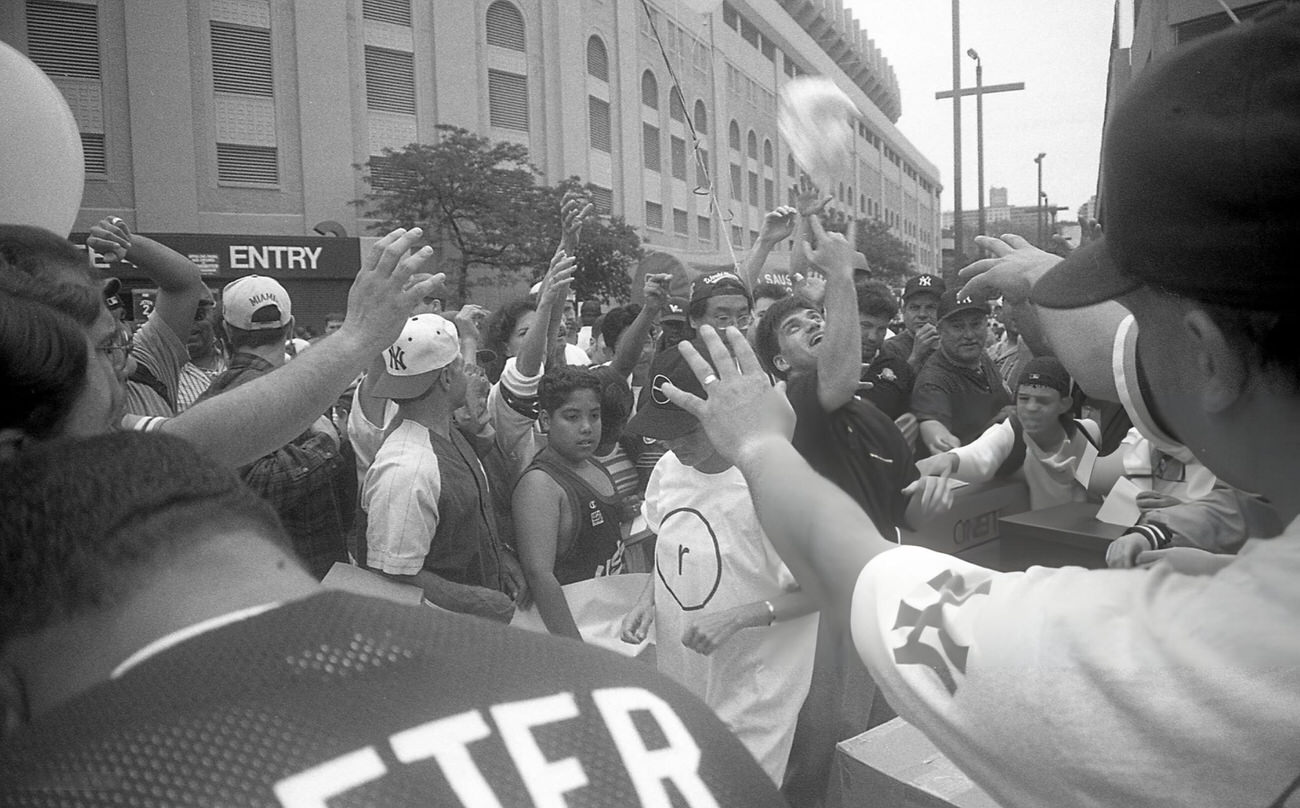
#2 The scoreboard at Yankee Stadium and residential apartments during a game, Bronx, 1997.
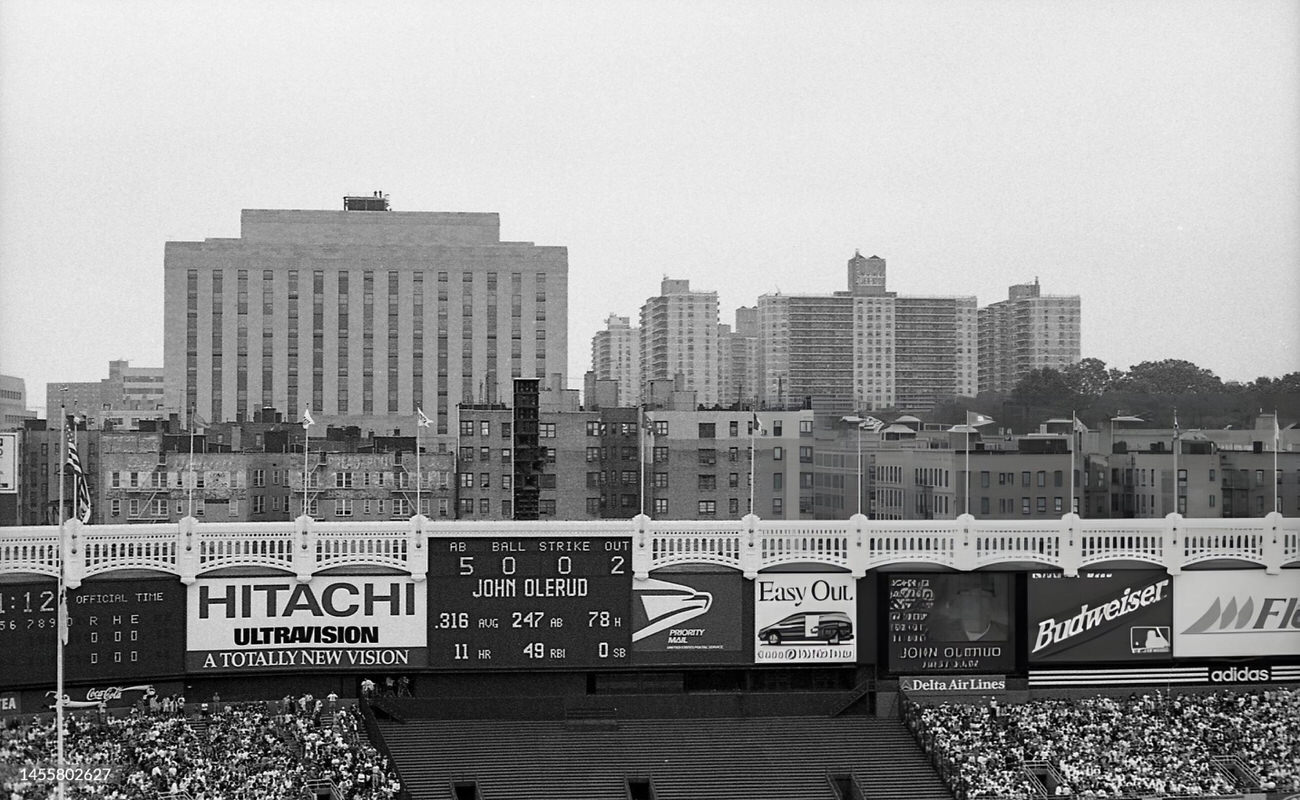
#3 Choir boys march in a religious procession in the Belmont neighborhood, Bronx, 1998.
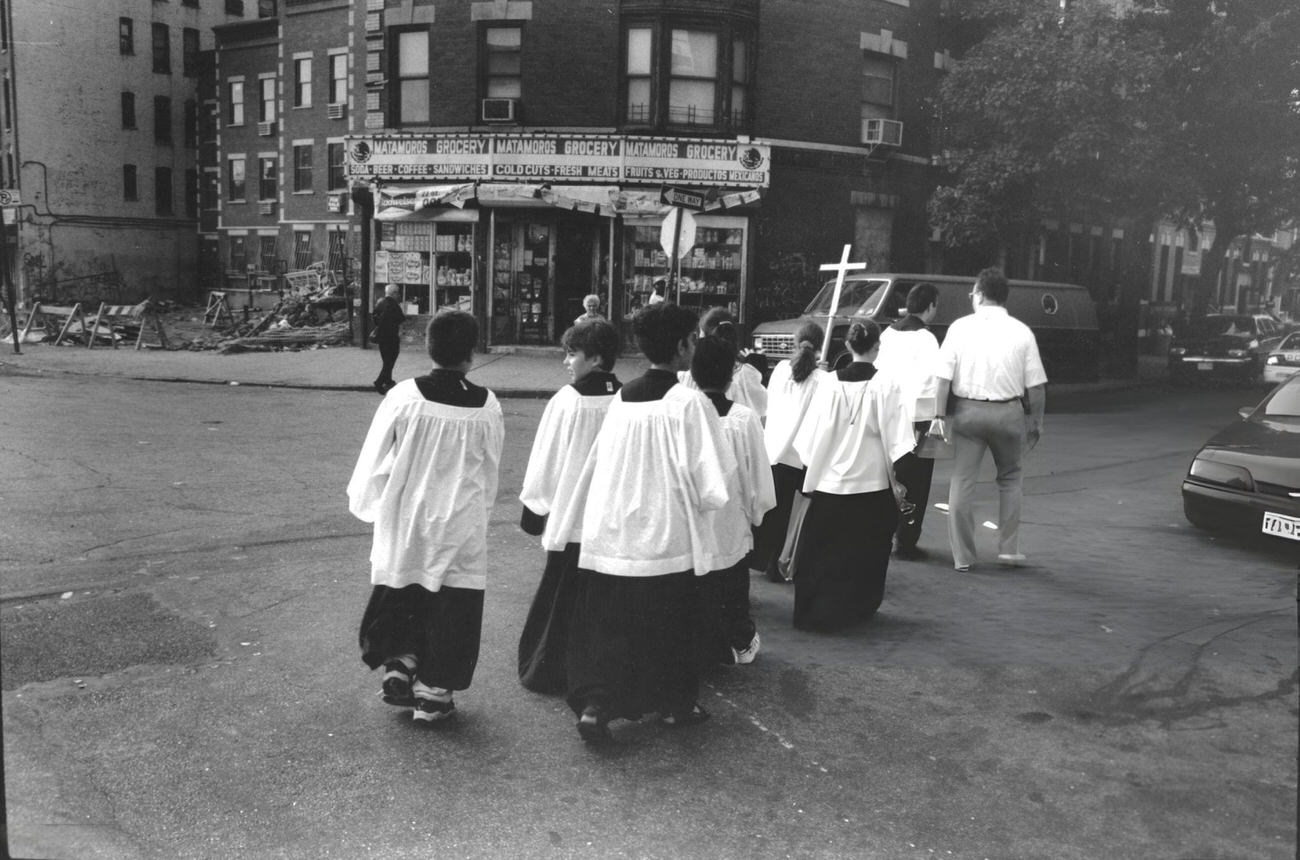
#4 An immigrant family enjoys Orchard Beach in the summer, Bronx, 1998.
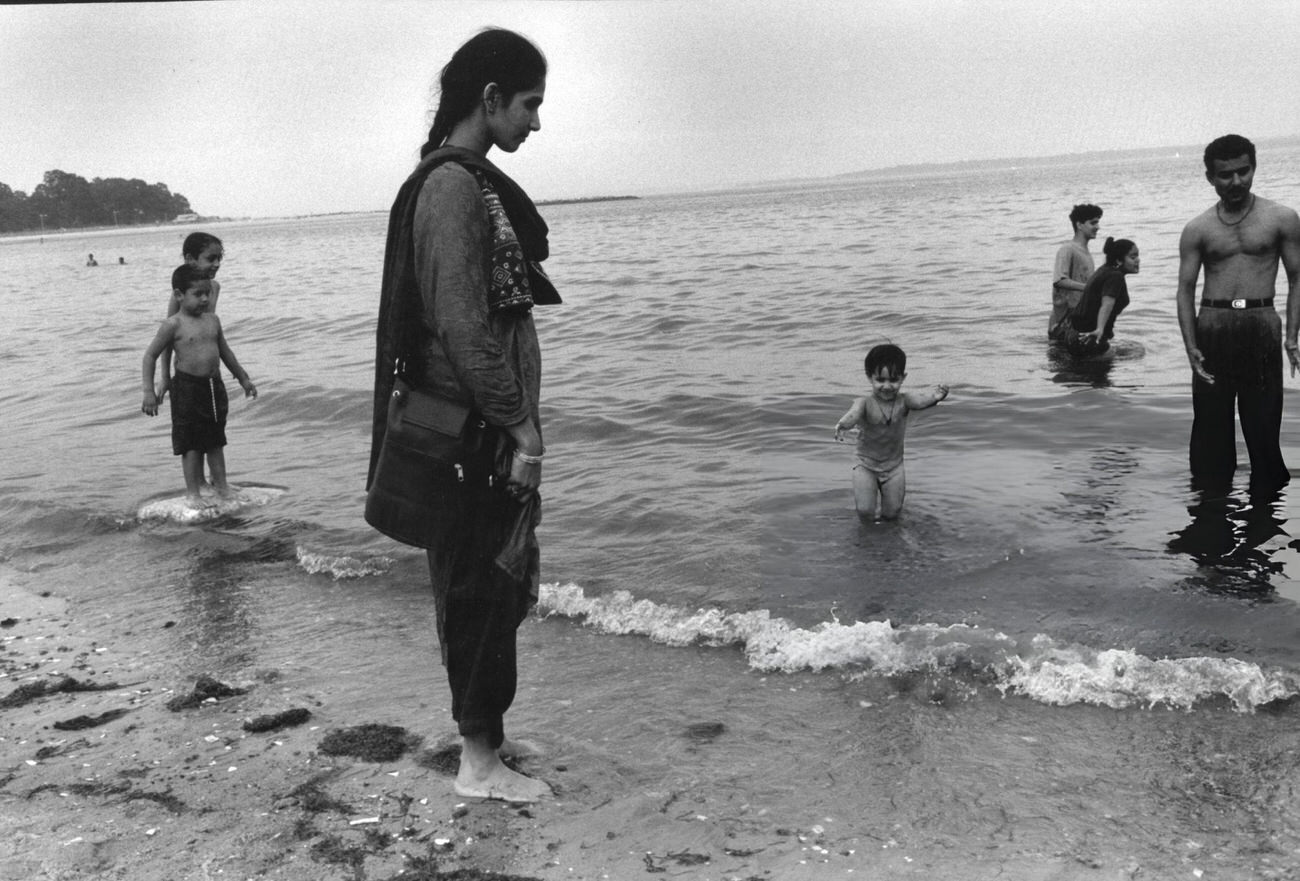
#5 A view of the original Yankee Stadium before a World Series game, Bronx, 1996.
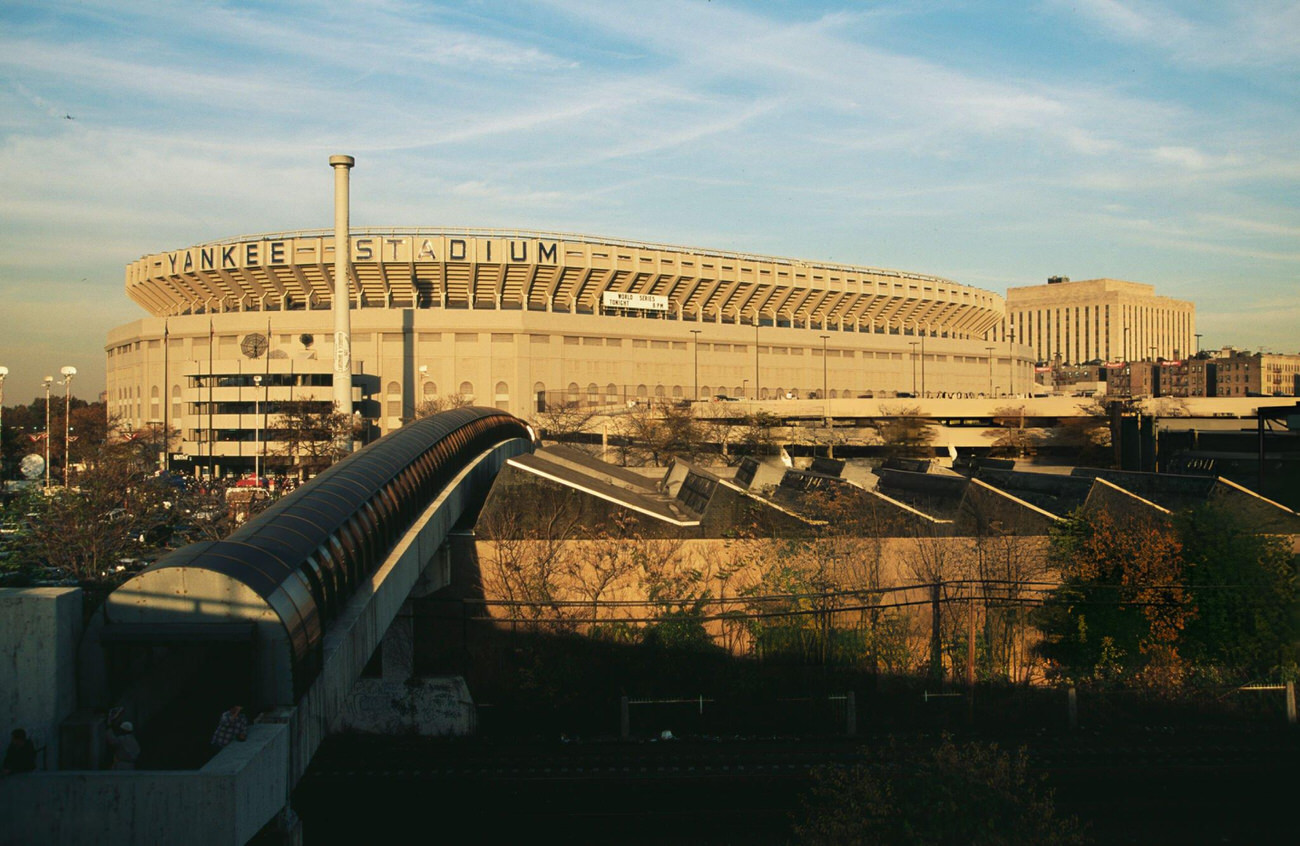
#6 Residents cool off with a fire hydrant during a heat wave, Bronx, 1995.
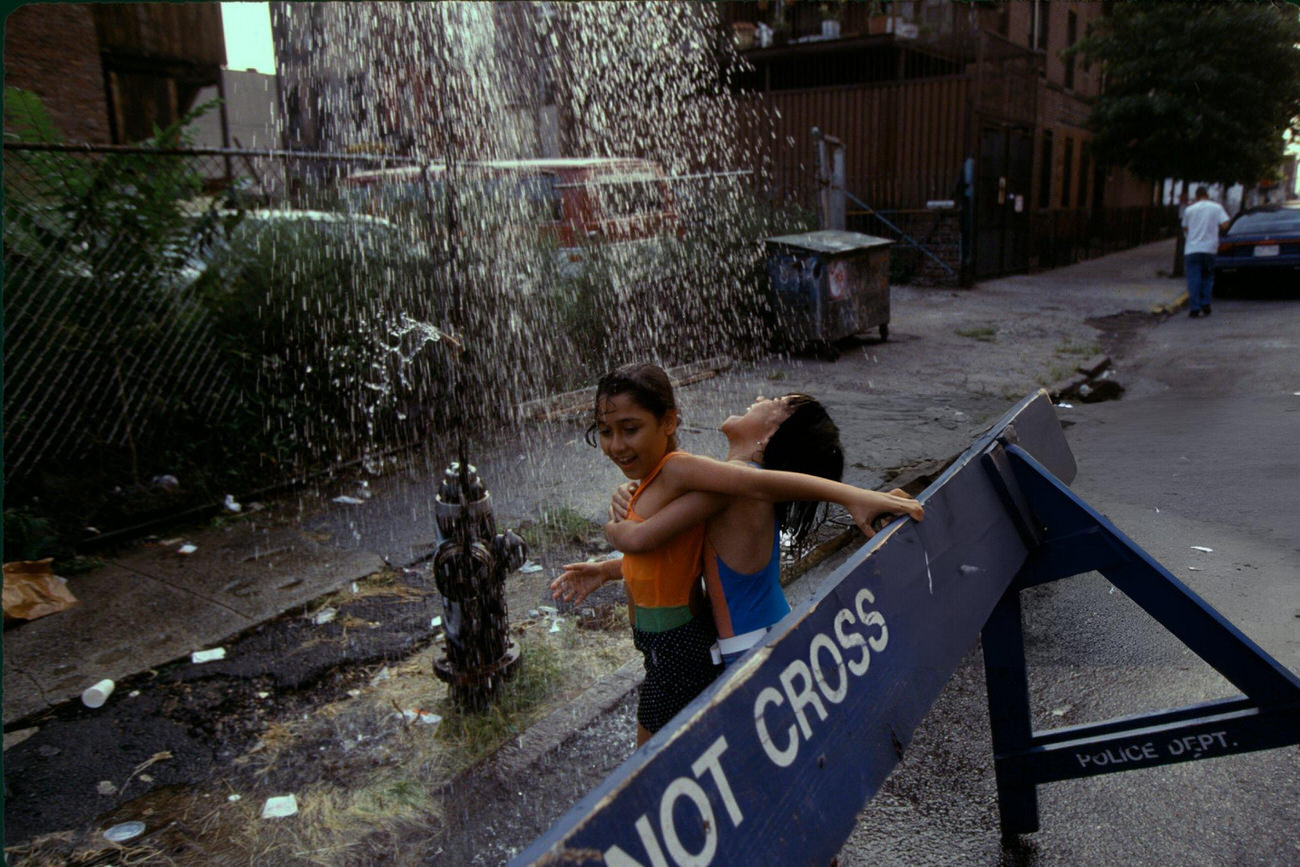
#7 ‘Stan’s the Man Baseball Land’ sports memorabilia shop on River Avenue, Bronx, 1997.
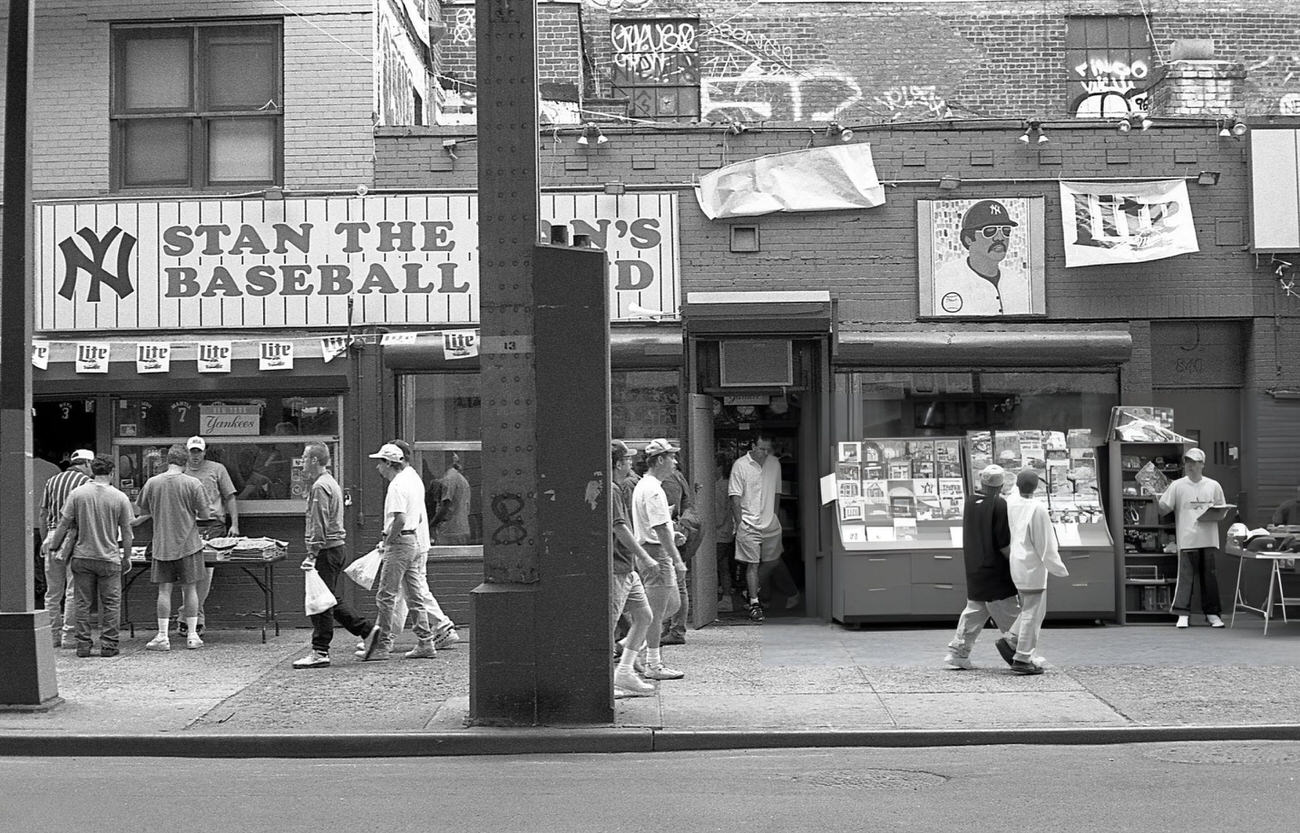
#8 Residents open a fire hydrant to cool off during a heat wave, Bronx, 1995.
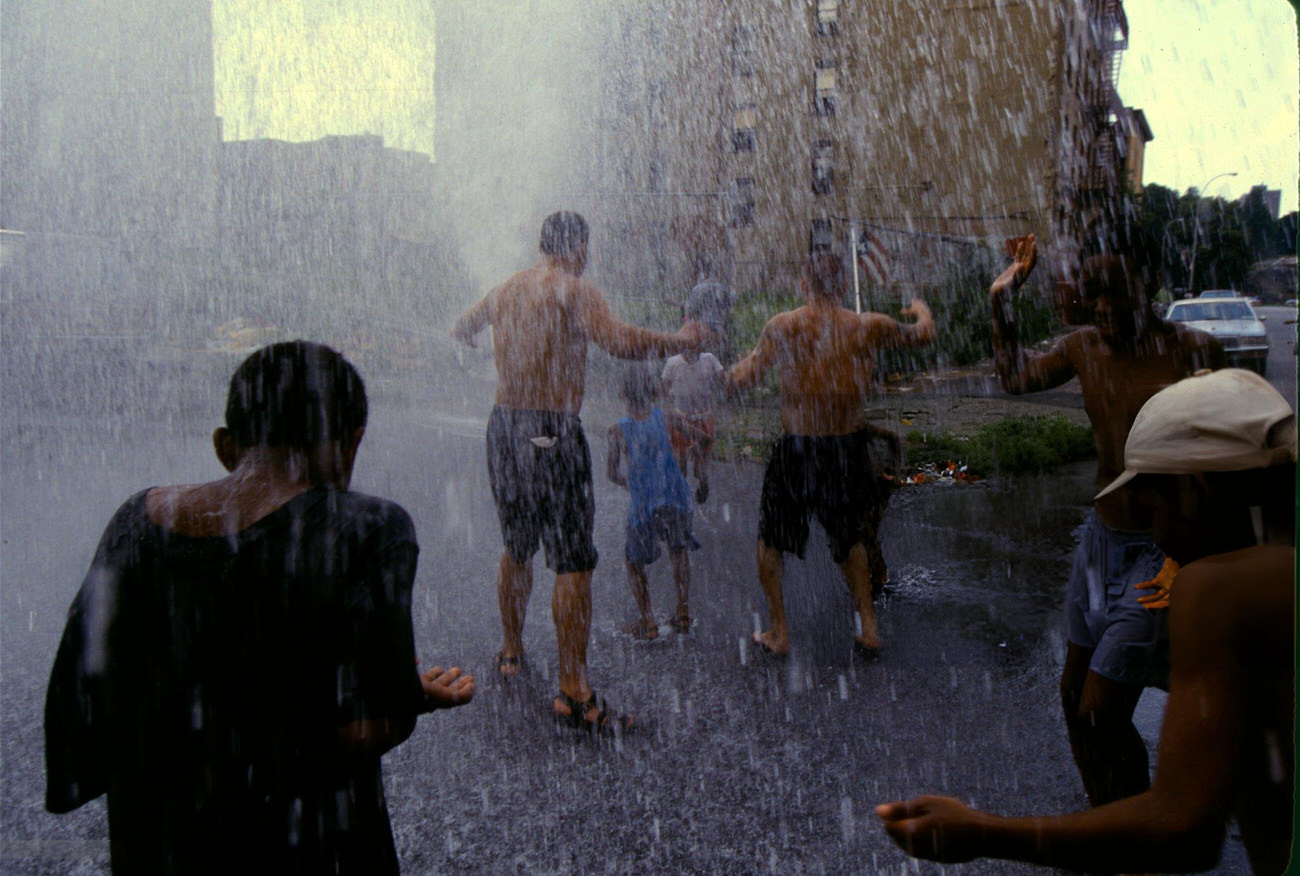
#9 E. 148th at College Ave., Bronx, 1991
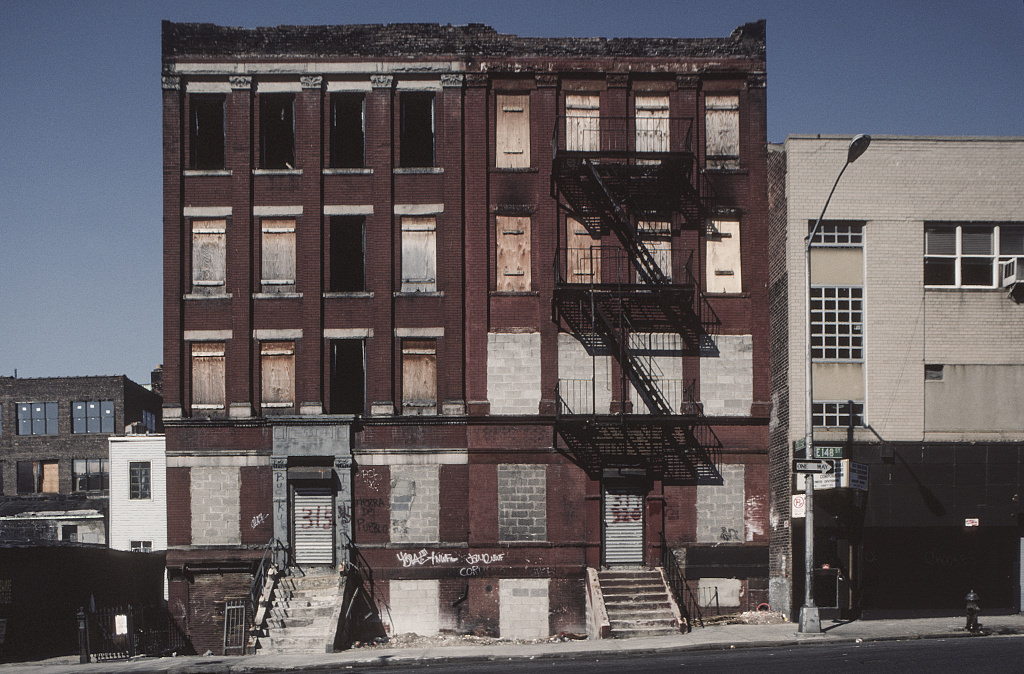
#10 Vyse Ave. at 178th St., South Bronx, May 1991

#11 View west along E. 149th St. and Third Ave. Bronx, 1992

#12 View north from Third Ave. at E. 149th St., Bronx, 1992
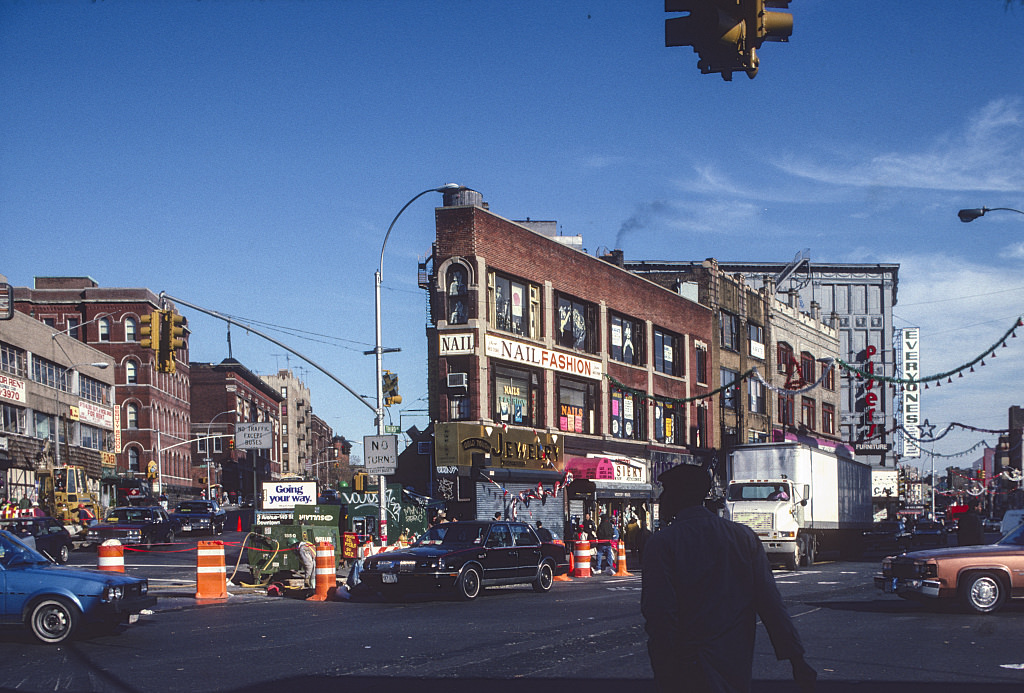
#13 E. 169th St. at Morris Ave., S. Bronx, 1992
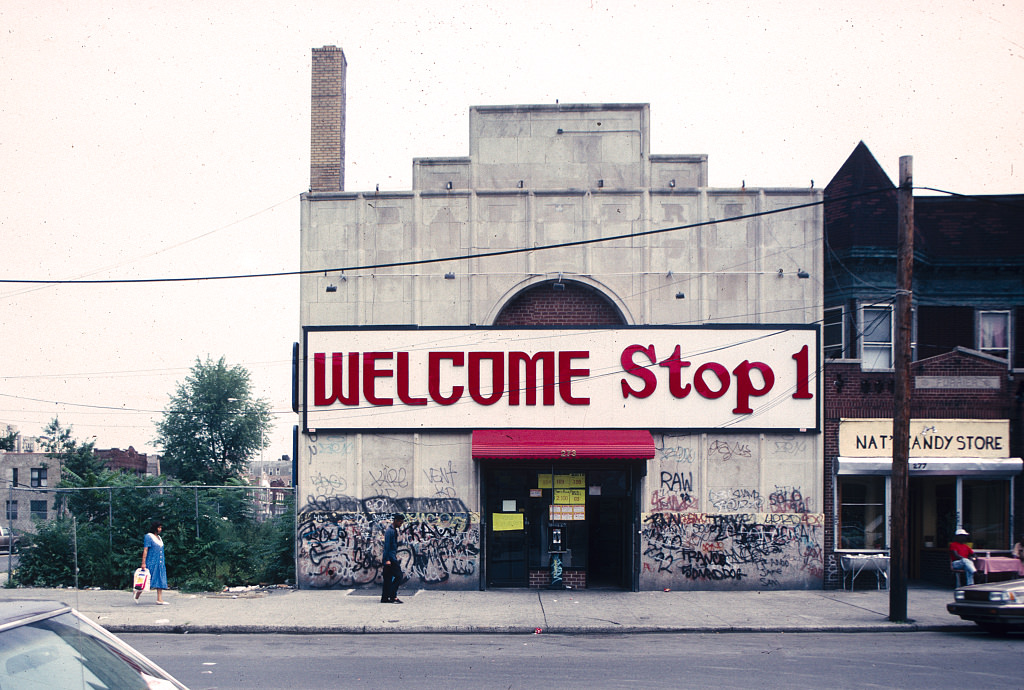
#14 Prospect Ave. at E. 149th St., South Bronx, 1992
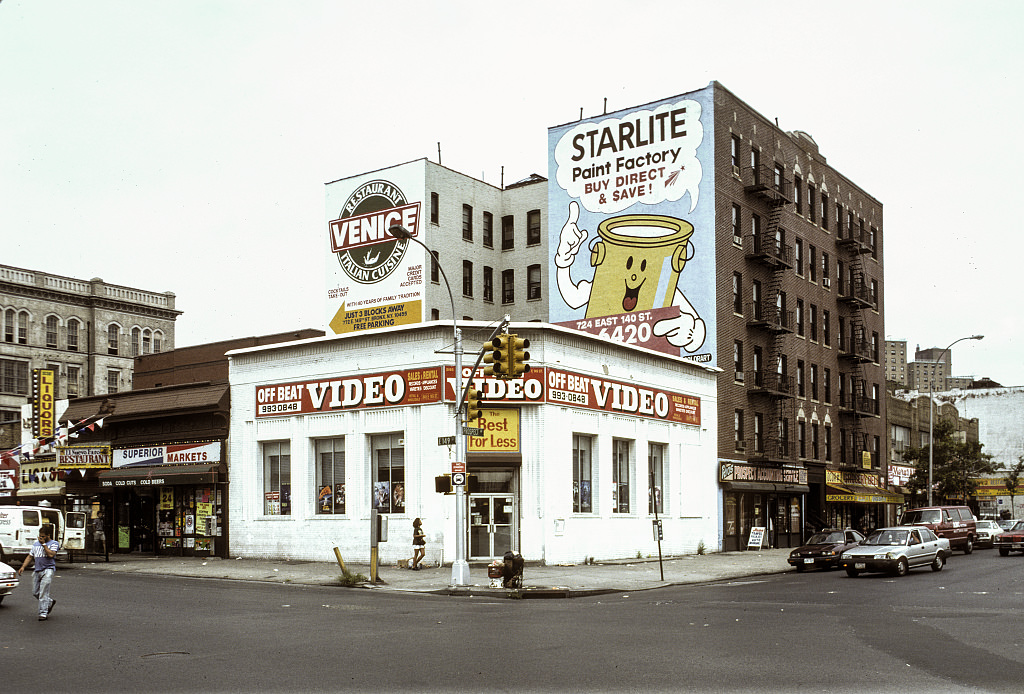
#15 487 Willis Ave. at 147th St., Bronx, 1992
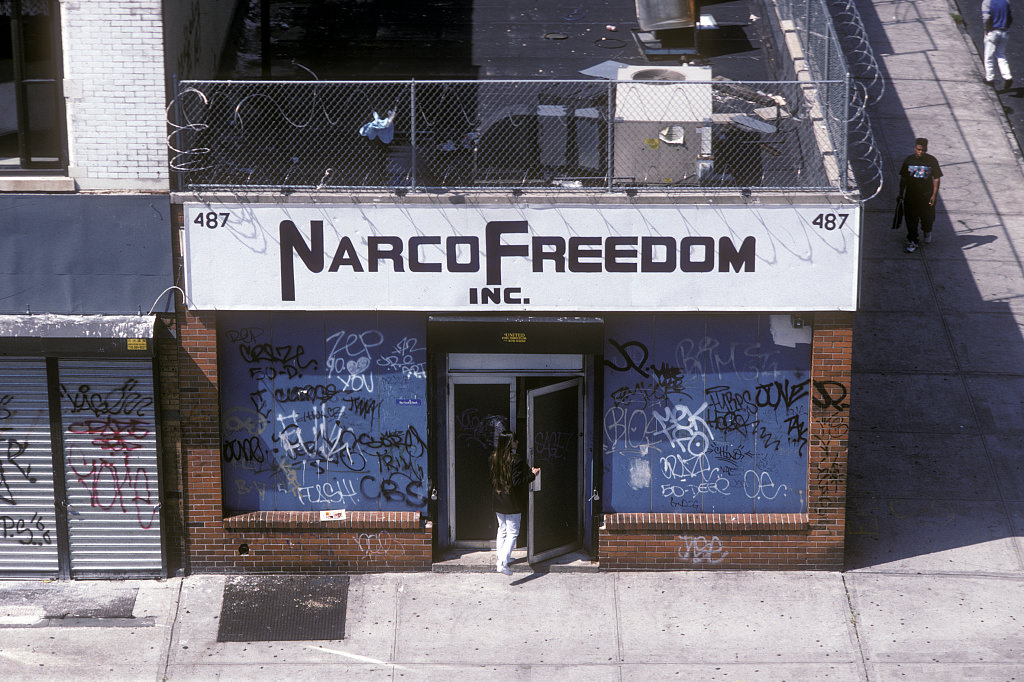
#16 View east along 178th St. toward Vyse Ave., South Bronx, 1993
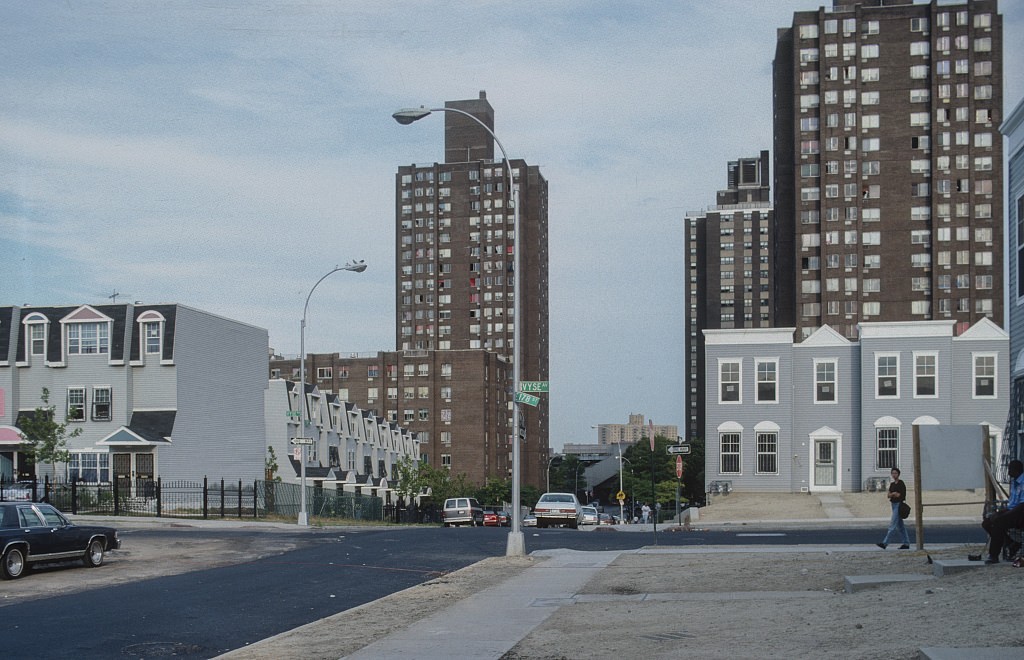
#17 View NW from Brook Ave. at E. 140th St., Bronx, 1993
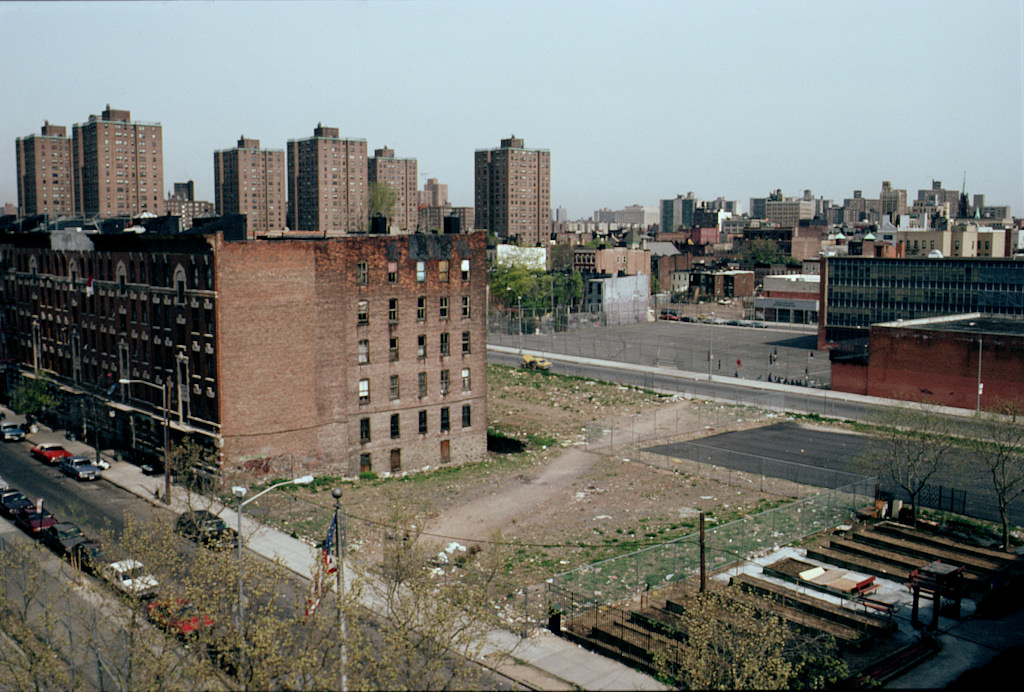
#18 View north along Third Ave. toward E. 149th St., Bronx, 1993
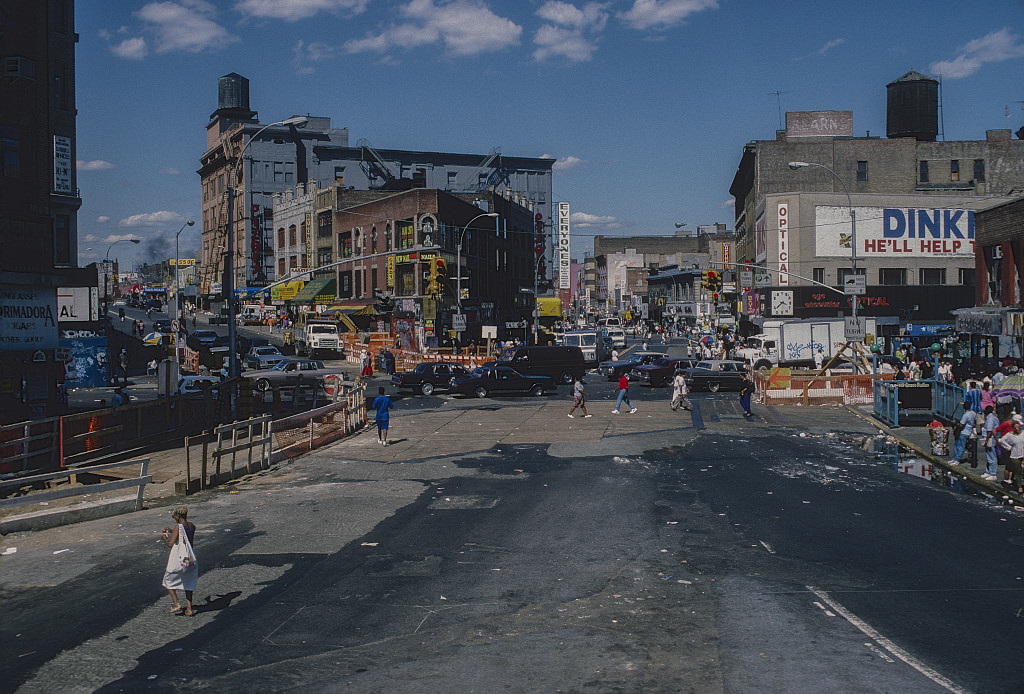
#19 Prospect Ave. at E. 149th St., Bronx, 1994

#20 Chisholm St. at Jennings St., S. Bronx, 1994
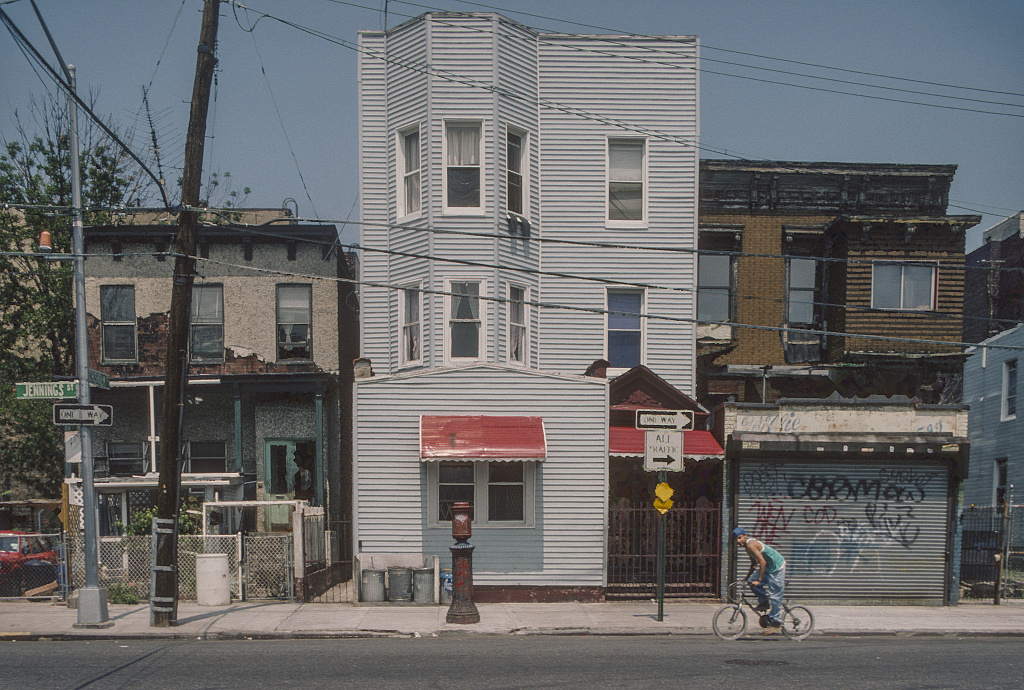
#21 1324 Chisholm St., Bronx, 1994
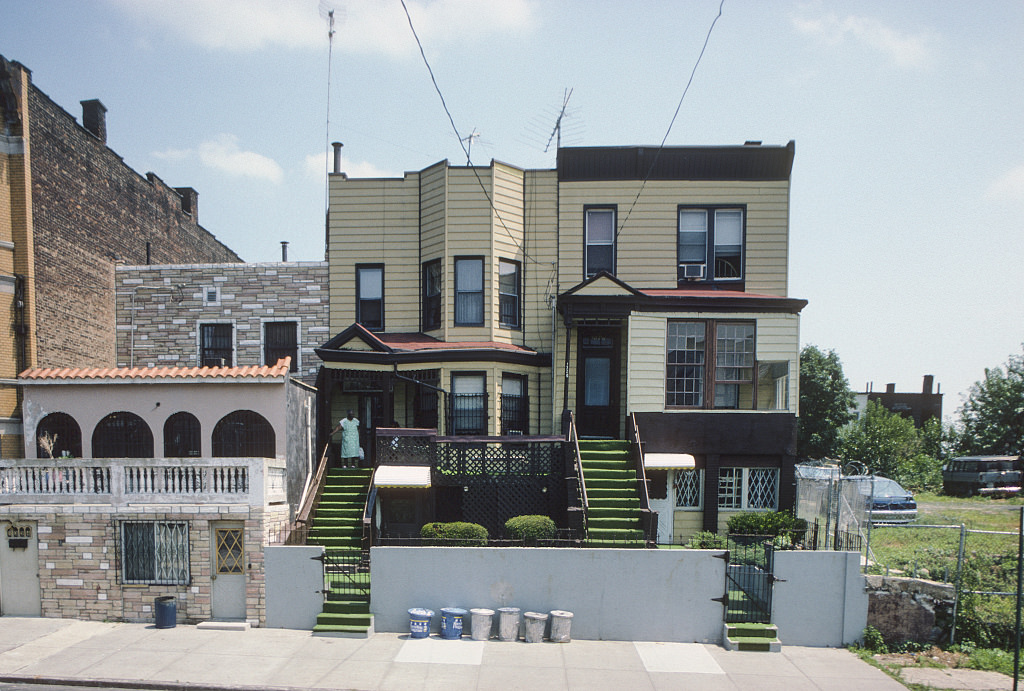
#22 Former Bronx Borough Courthouse, E. 161st St. at Third Ave., 1994
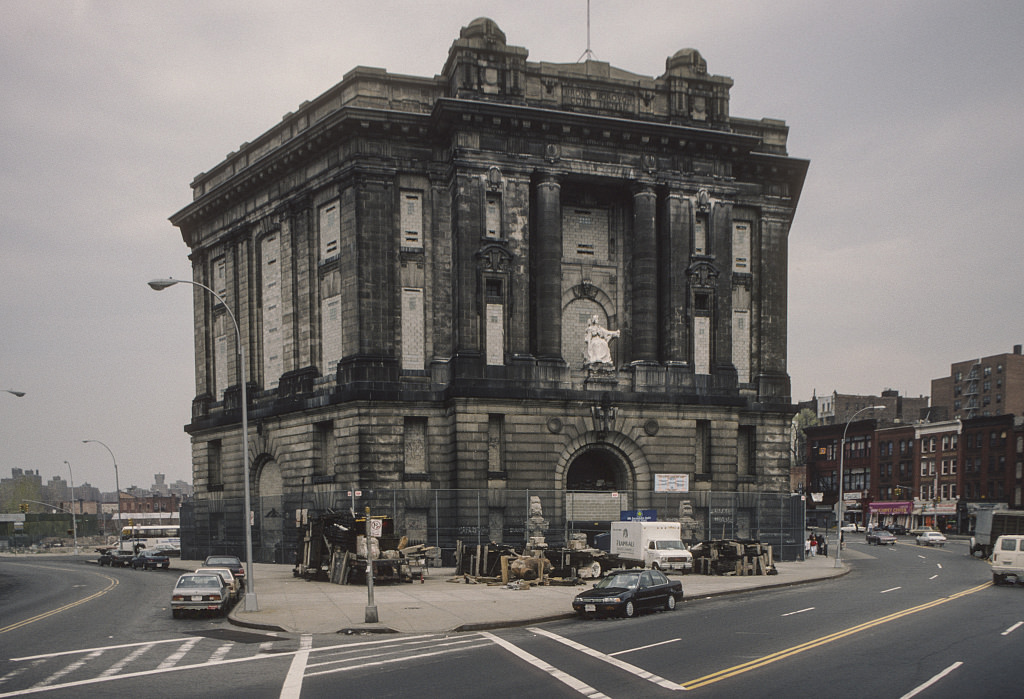
#23 3339 Third Ave., South Bronx, 1994
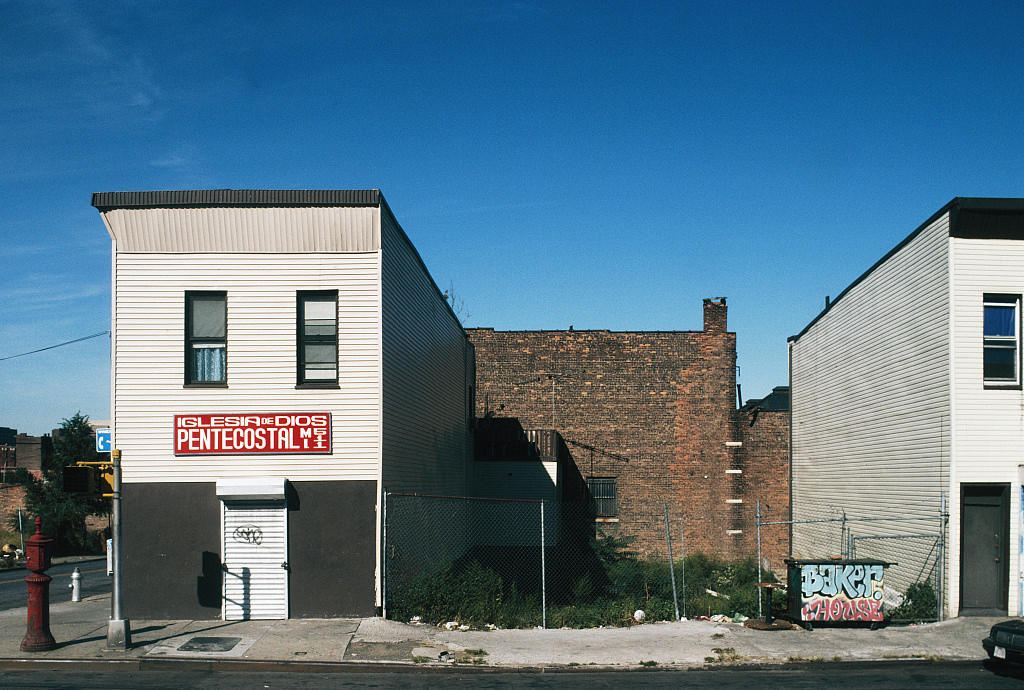
#24 Prospect Ave. at E. 149th St., South Bronx, 1994
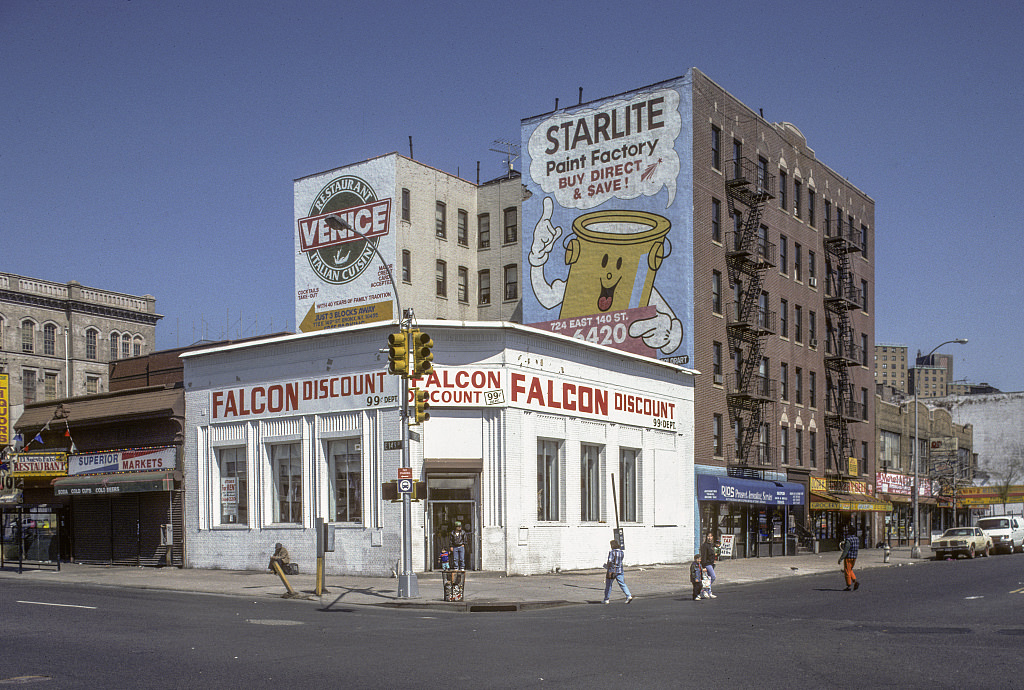
#25 487 Willis Ave., South Bronx, 1994
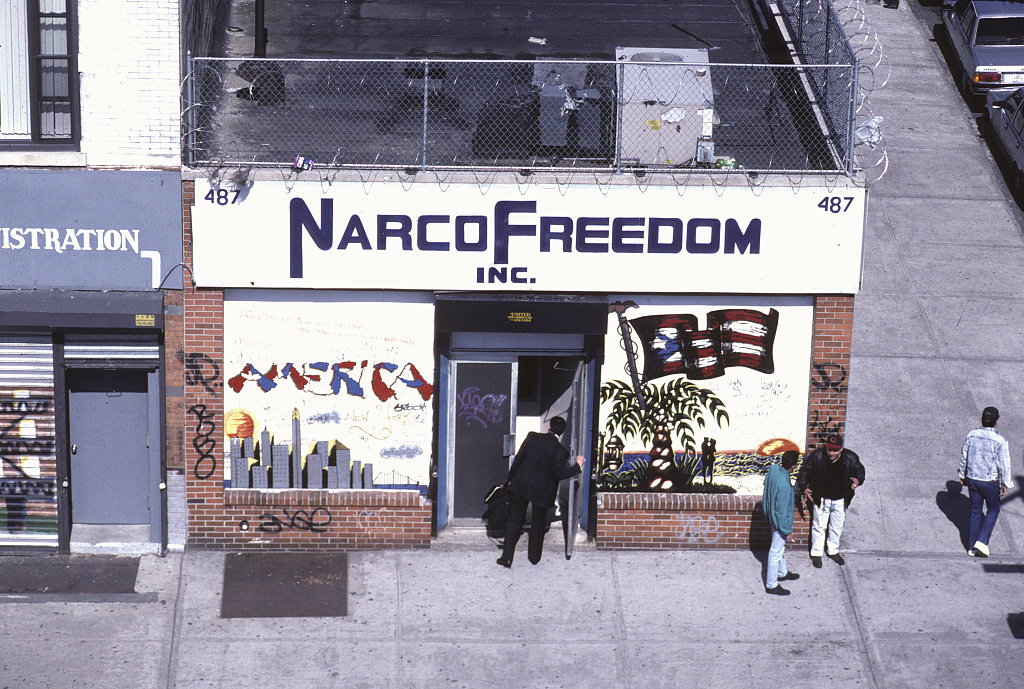
#26 Vyse Ave. at 178th St., South Bronx, Oct. 1994
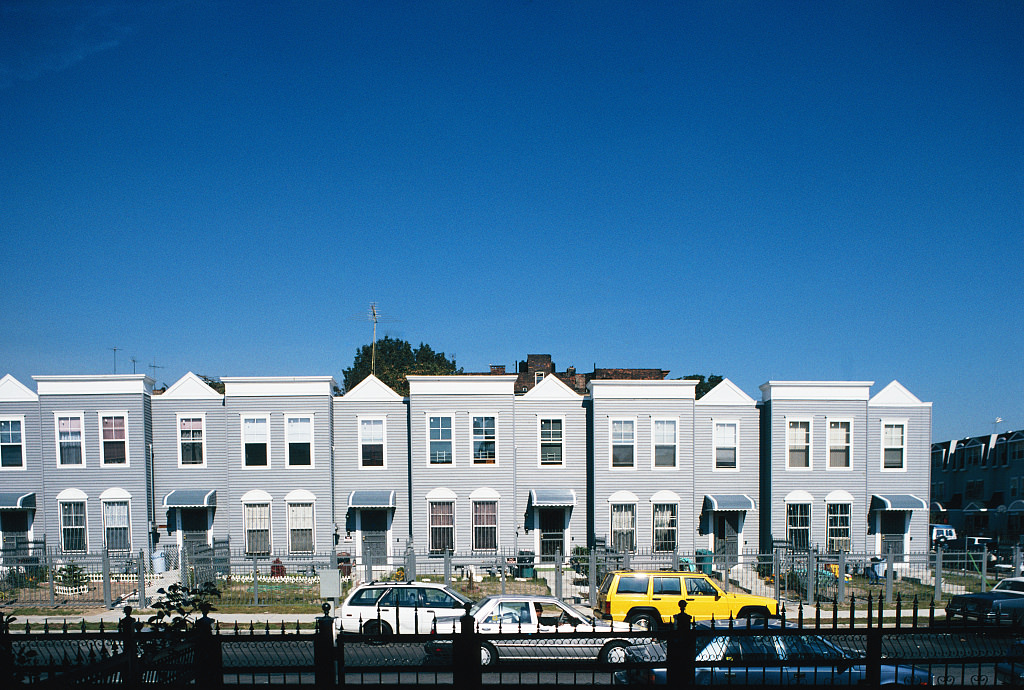
#27 908 Hunts Point Ave., Bronx, 1995
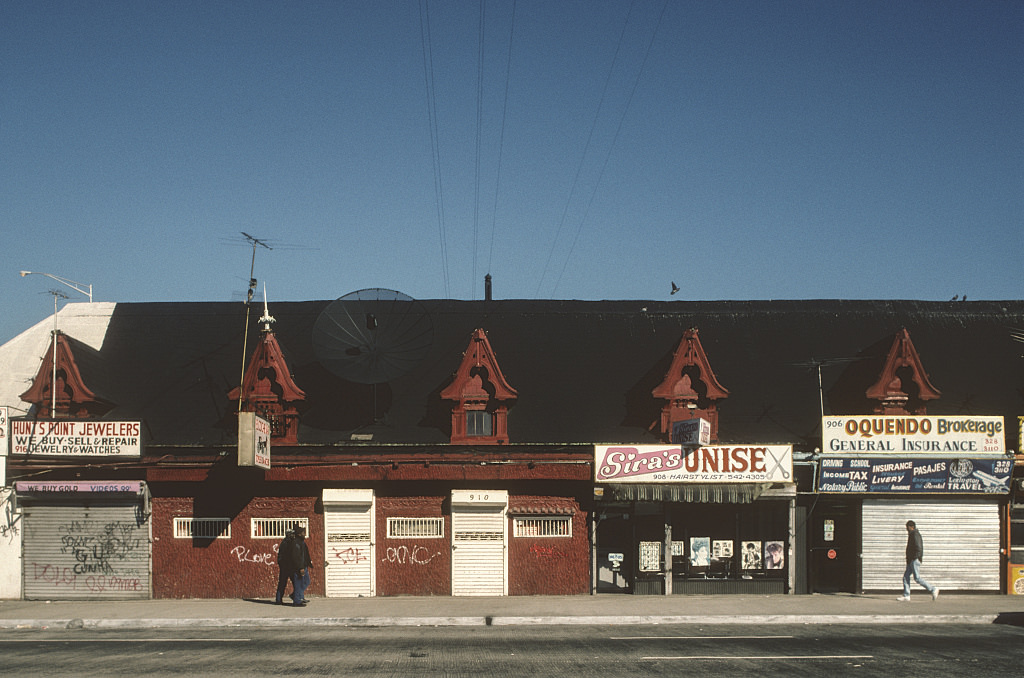
#28 View north from E. 143rd St. and Willis Ave., Bronx, 1995
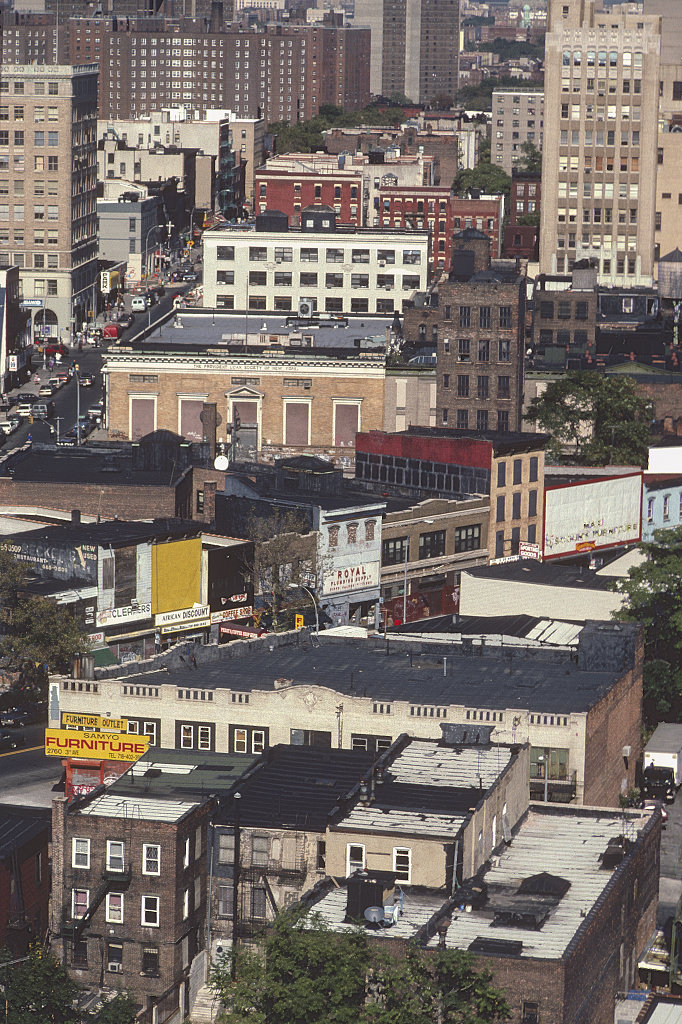
#29 McDonalds, 988 Southern Blvd., Bronx, 1995
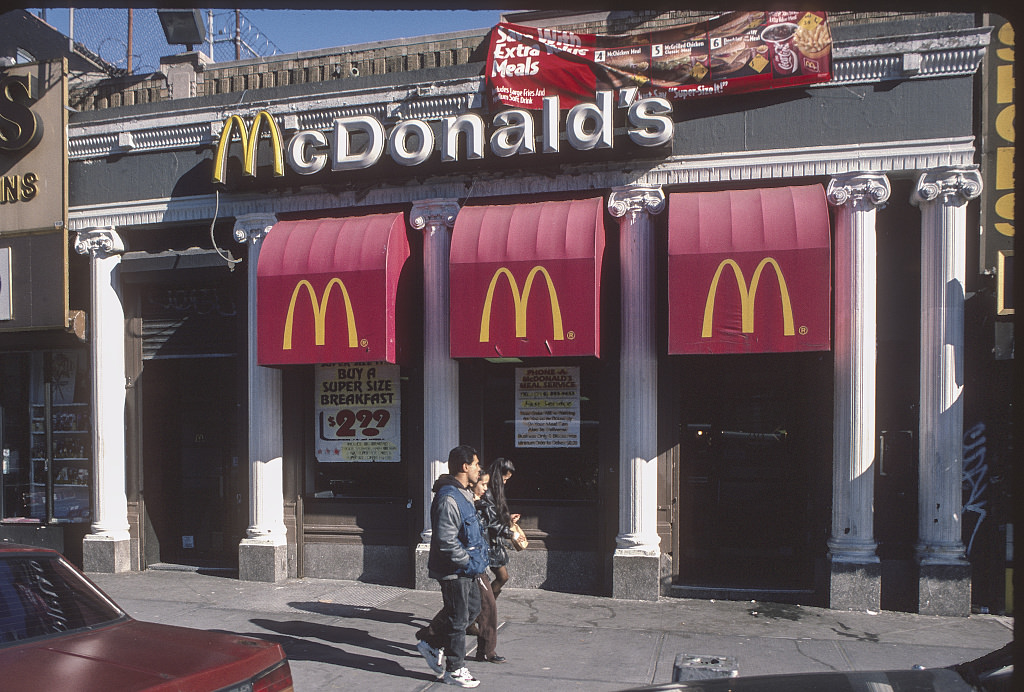
#30 Jennings St. at Chisholm St., Bronx, 1997
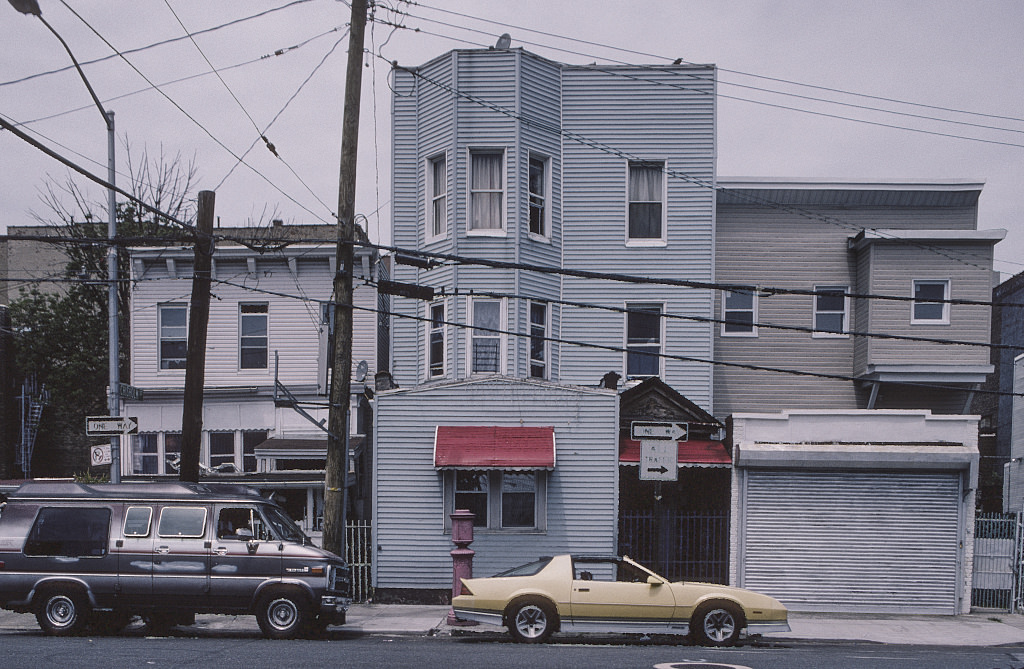
#31 Former Bronx Borough Courthouse, E. 161st St. at Third Ave., 1995
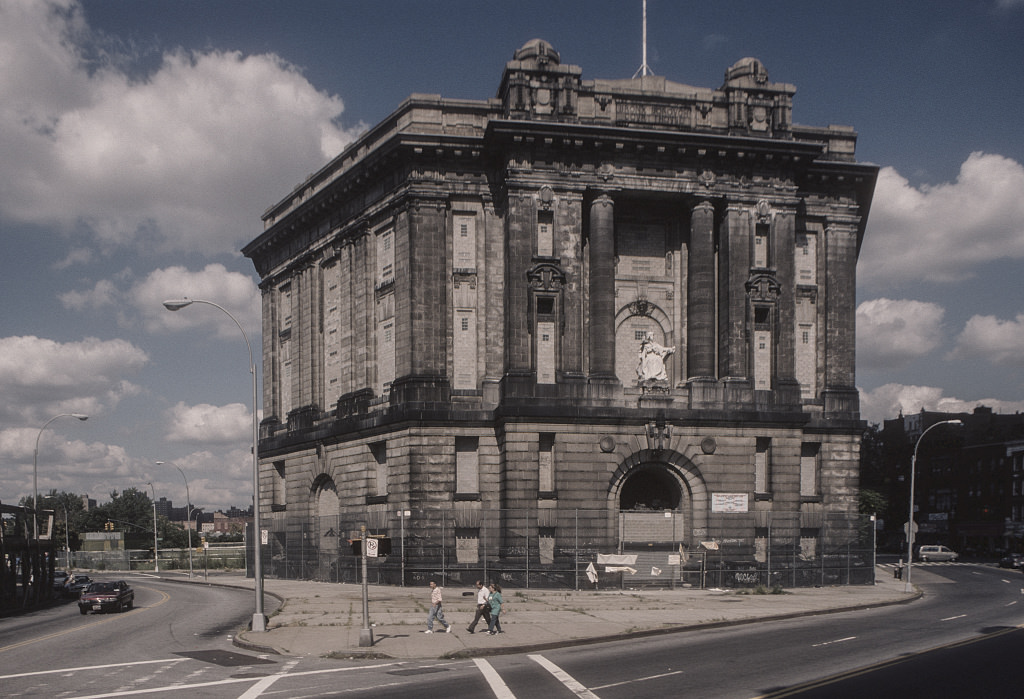
#32 487 Willis Ave., South Bronx, 1995
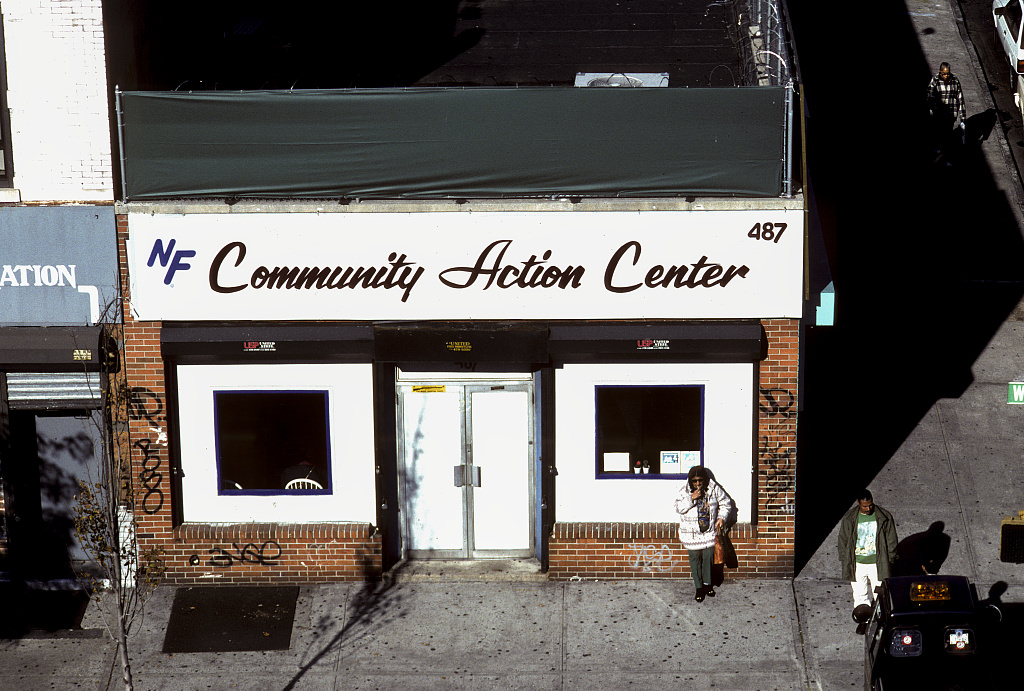
#33 Former Bronx Opera, 442 E. 149th St., Bronx, 1996
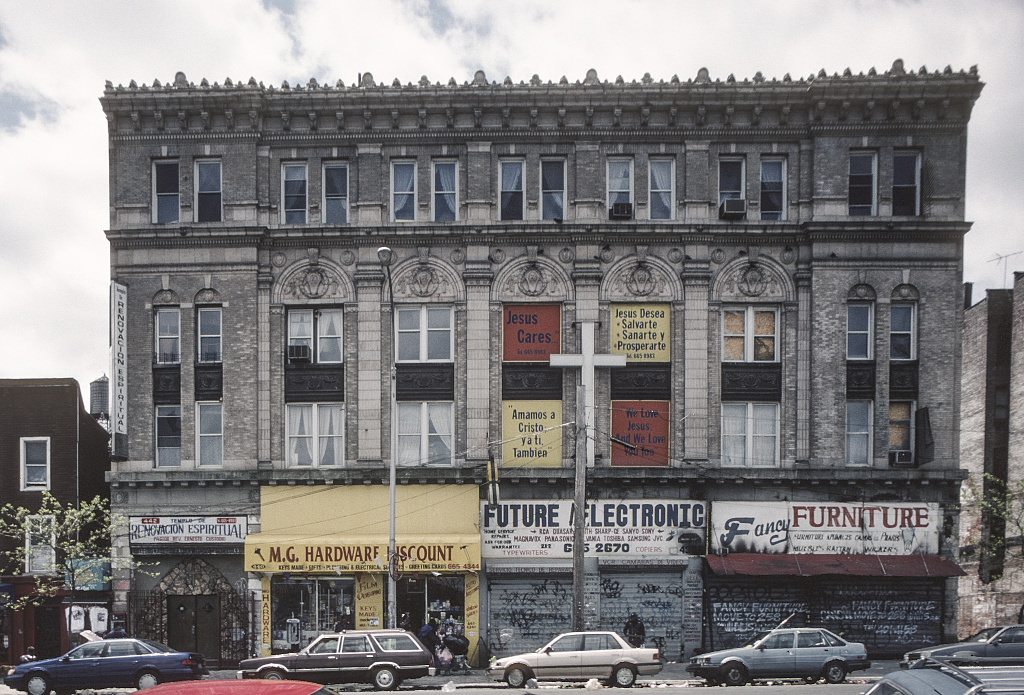
#34 New York Public Library, West Farms Branch, Honeywell Ave. between 179th St. and 180th St., Bronx, 1996
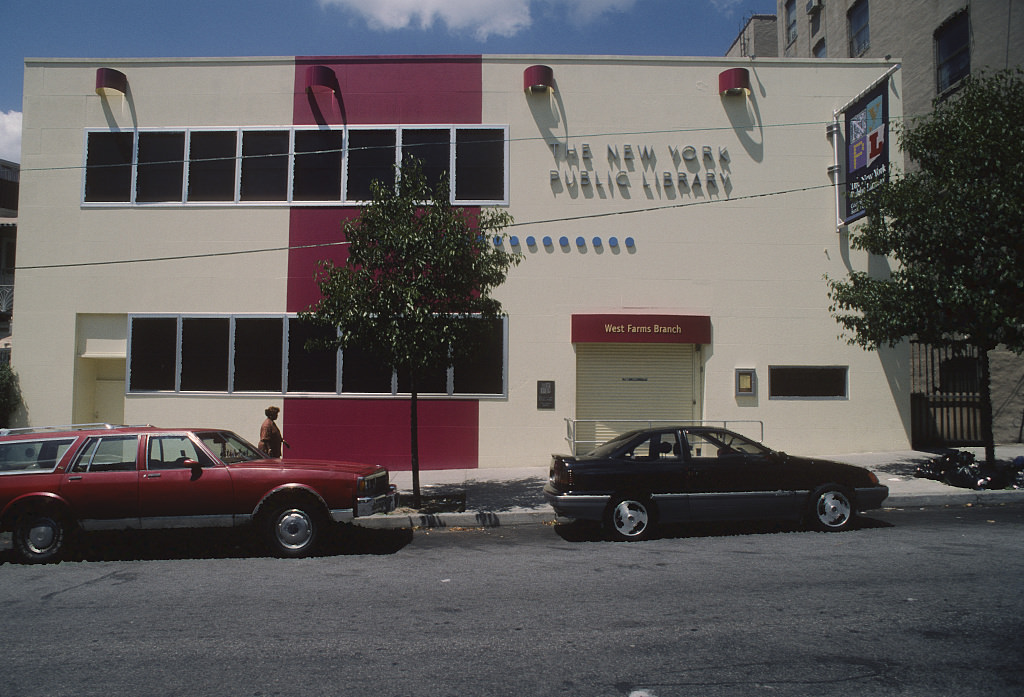
#35 908 Hunts Point Ave., Bronx, 1996
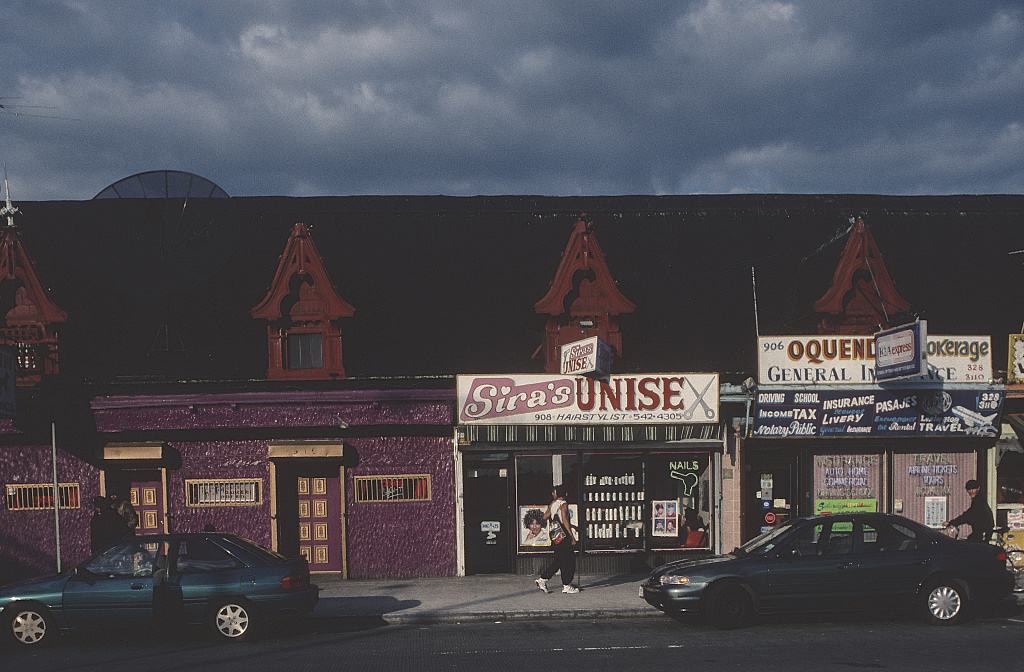
#36 View west along E. 149th St. and Third Ave., Bronx, 1996
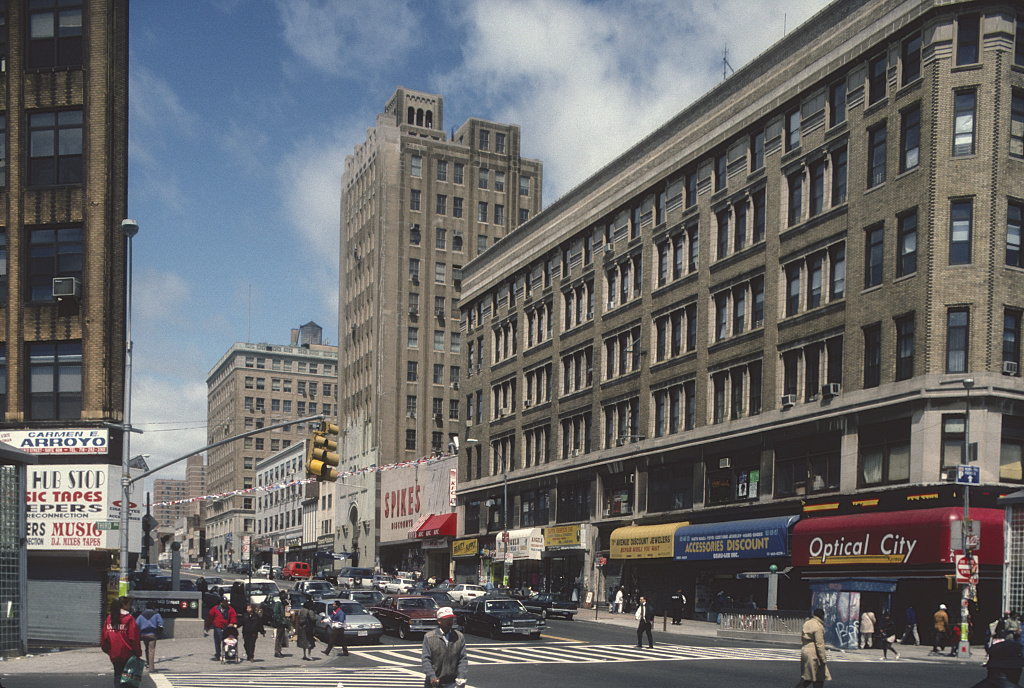
#37 1272 Hoe Ave., Bronx, 1996
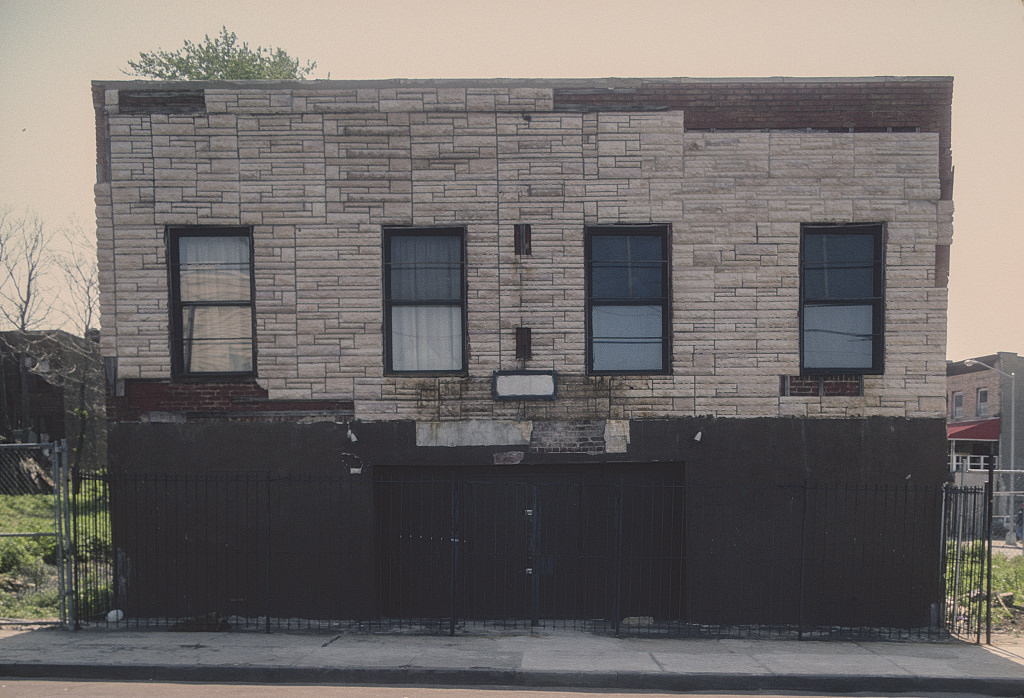
#38 E. 169th St. at Morris Ave., Bronx, 1996
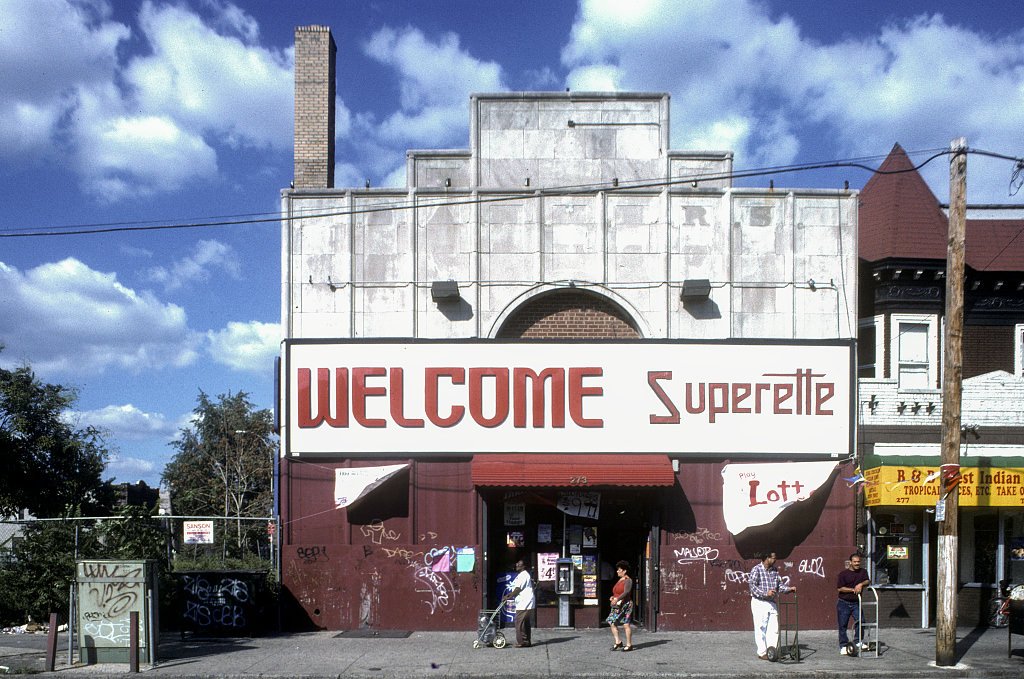
#39 La Ressurreccion, United Methodist Church, 158th St. at Elton Ave., S. Bronx, 1996
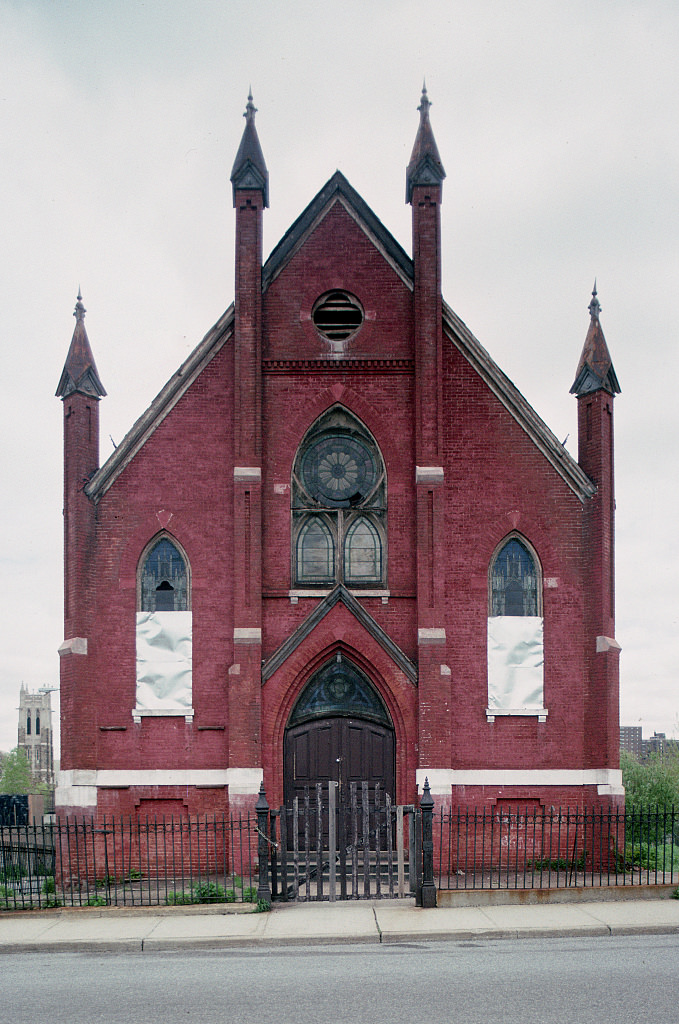
#40 Manhanset Building, 850 Longwood Ave., Bronx, 1996
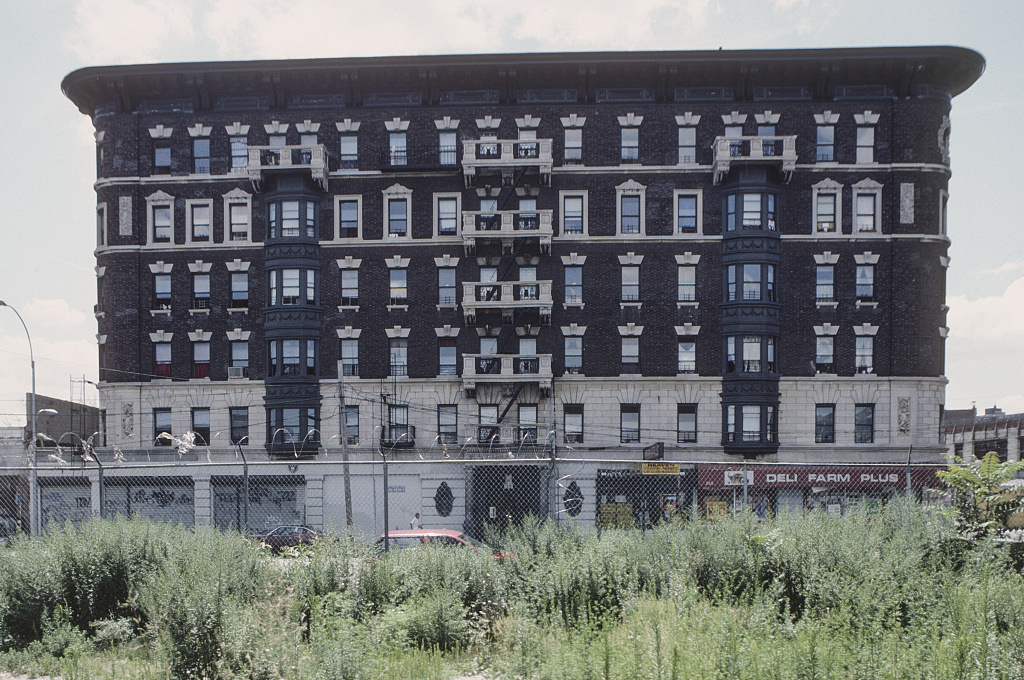
#41 View SW along Westchester Ave. from Intervale Ave., Bronx, 1997

#42 View NE from Charlotte St. at Boston Rd., Bronx, 1997
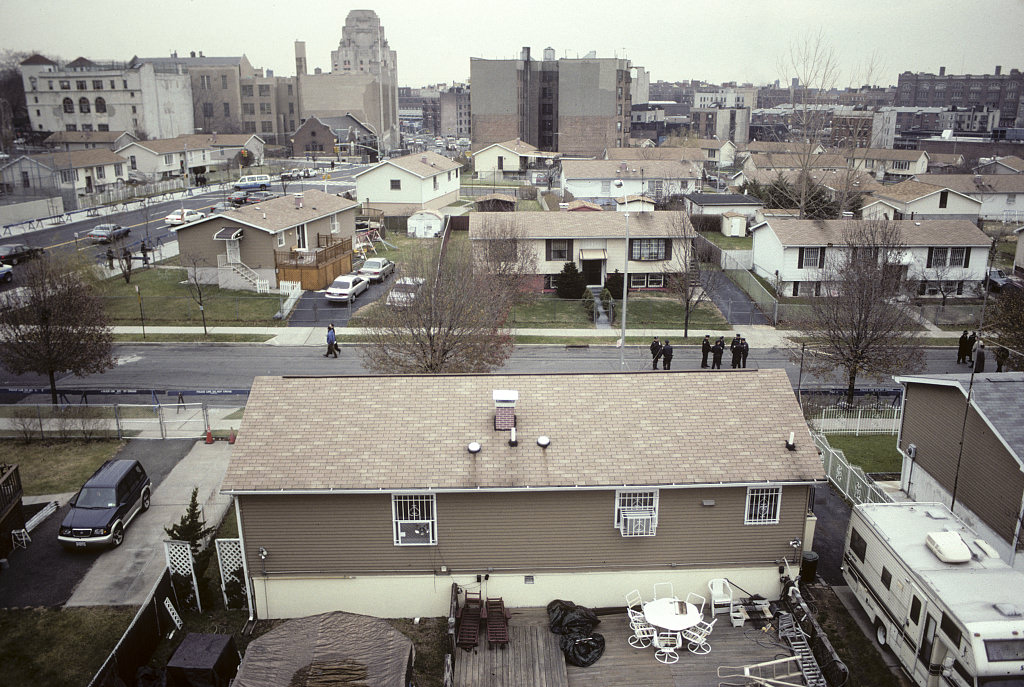
#43 Intervale Subway Stn., S. Bronx, 1997
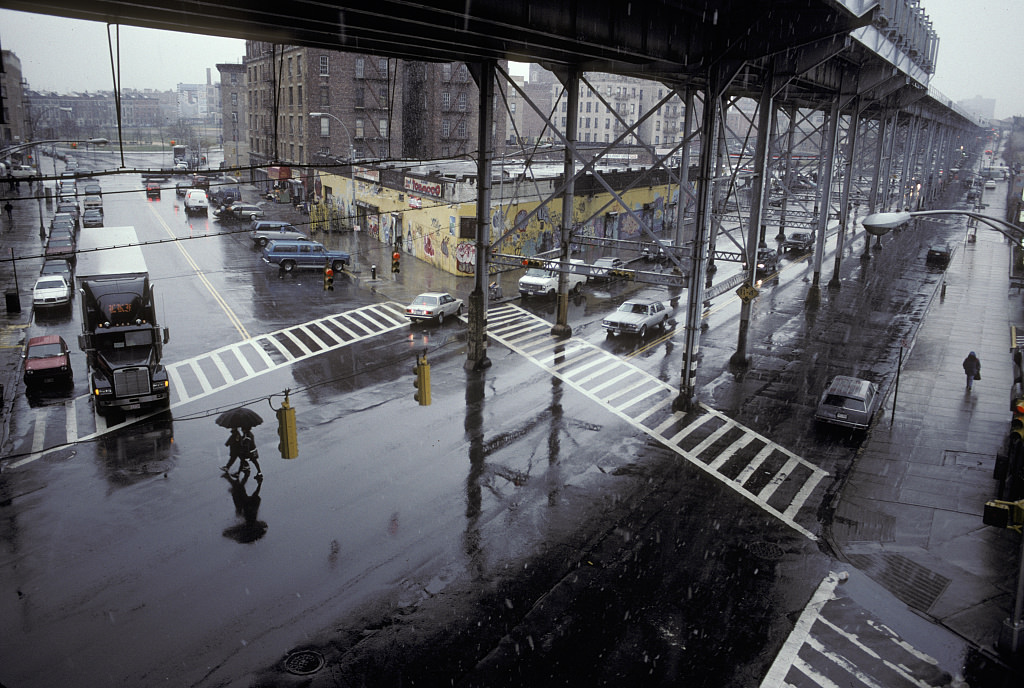
#44 View SE along Seabury Pl. from Boston Rd., Bronx, 1997
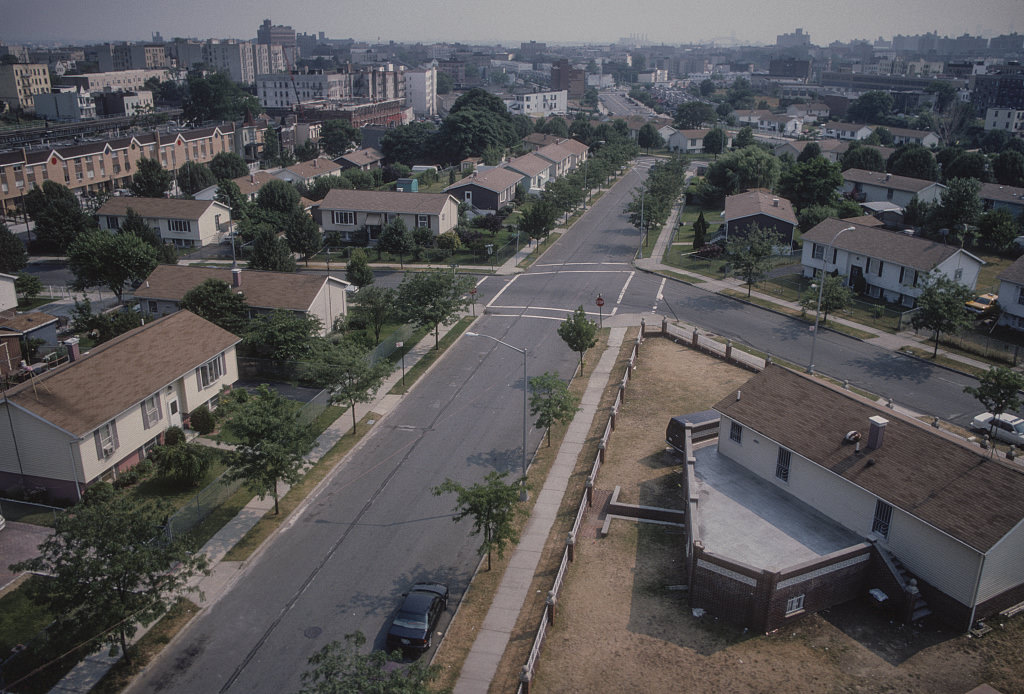
#45 Former Bronx Borough Courthouse, E. 161st St. at Third Ave., 1998
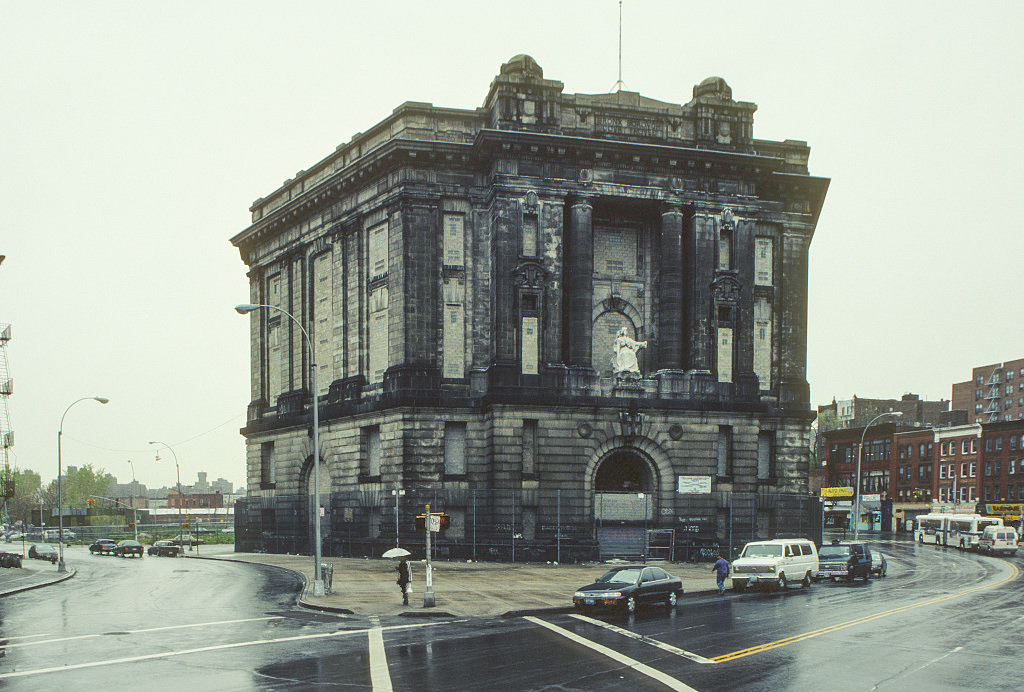
#46 E. 169th St. at Morris Ave., Bronx, 1999
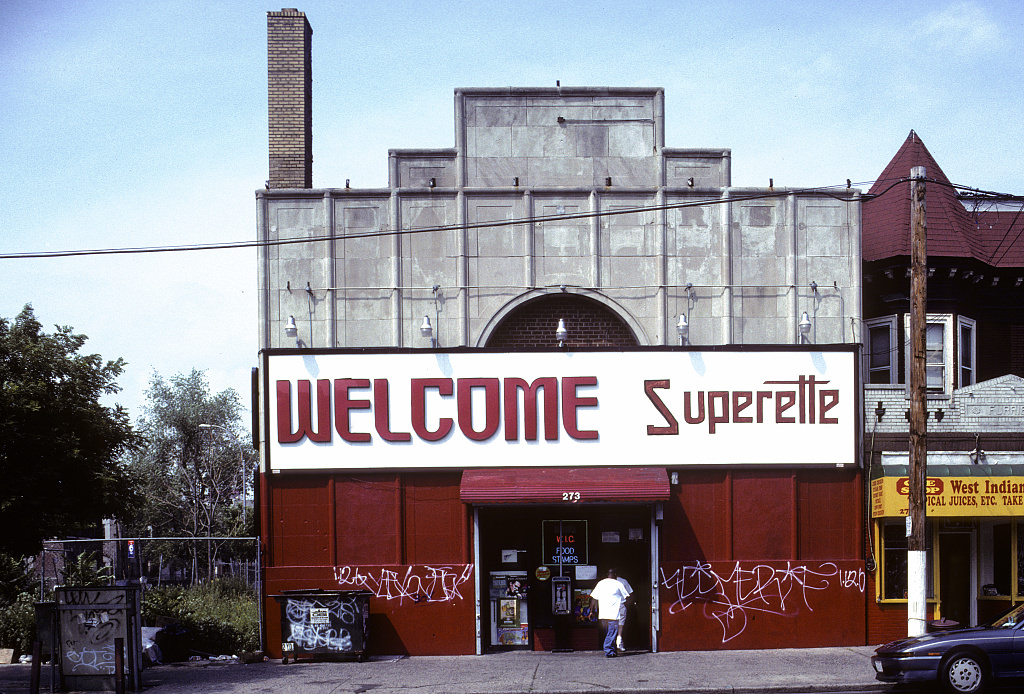
#47 El Nuevo Keyla, Westchester Ave. north of Union St., Bronx, 1999
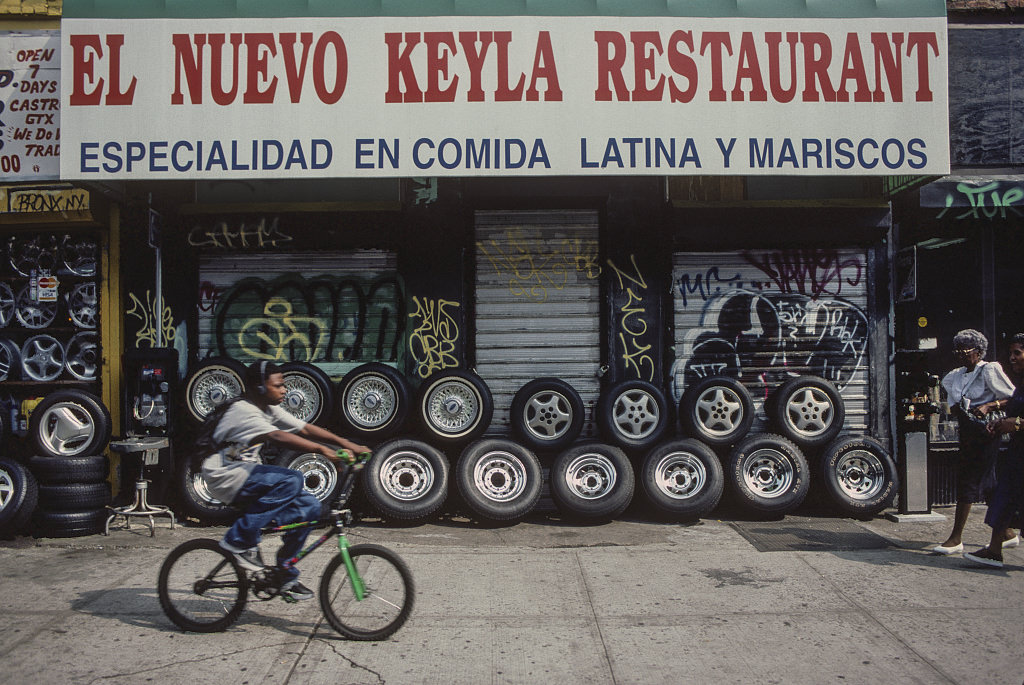
#48 Memorial, Southern Blvd. between E. 149th St. and Avenue St. John, South Bronx, 1999
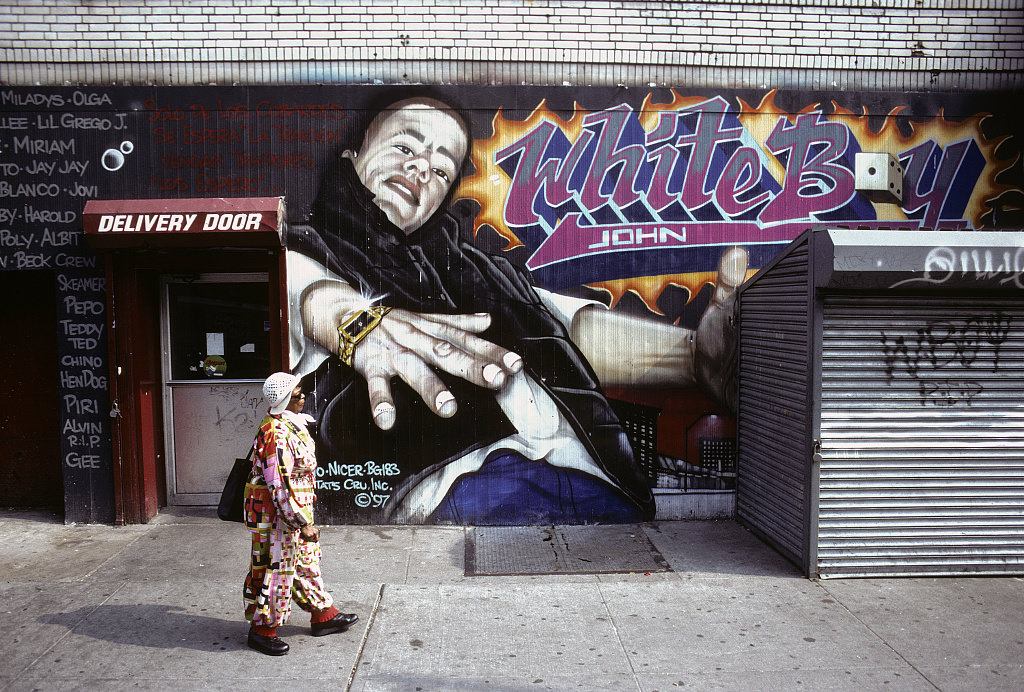
#49 E. 169th St. at Morris Ave., Bronx, 1999
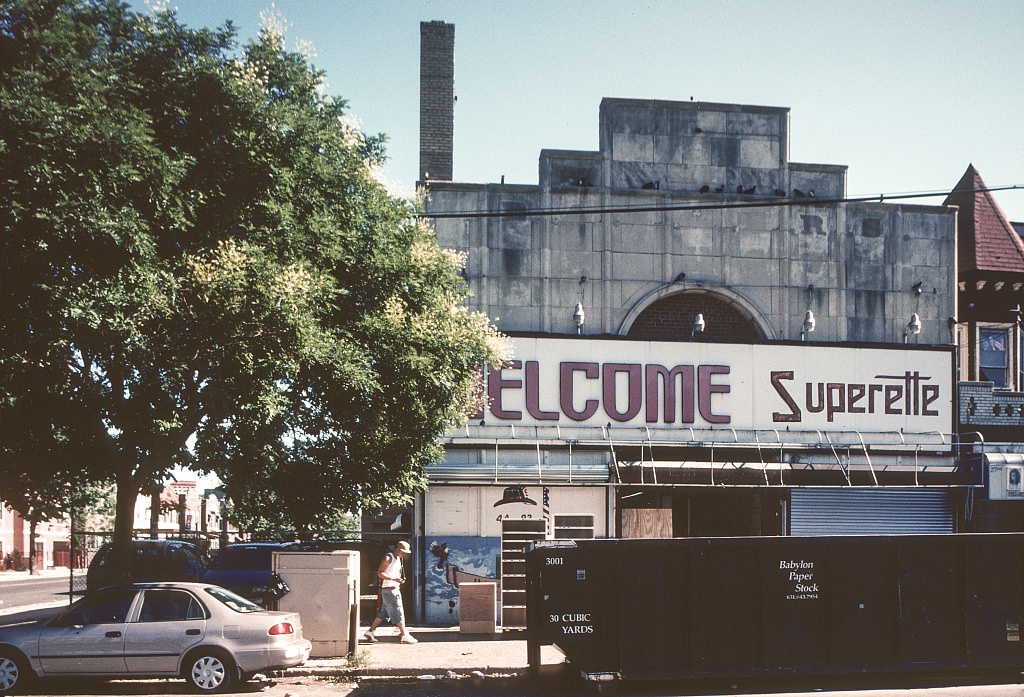
#50 P.S. 53, 360 E. 168th, S. Bronx, 1990
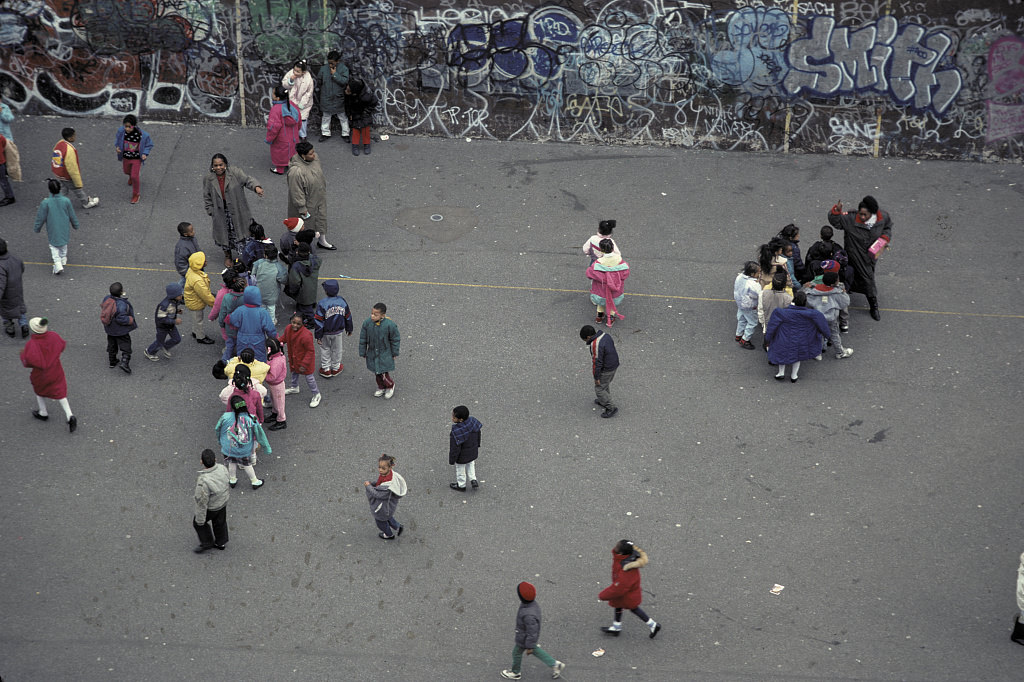
#51 4398 Park Ave., S. Bronx, 1990

#52 Morrisania Early Childhood Center, Bathgate Ave. at E. 175th St., Bronx, 1990
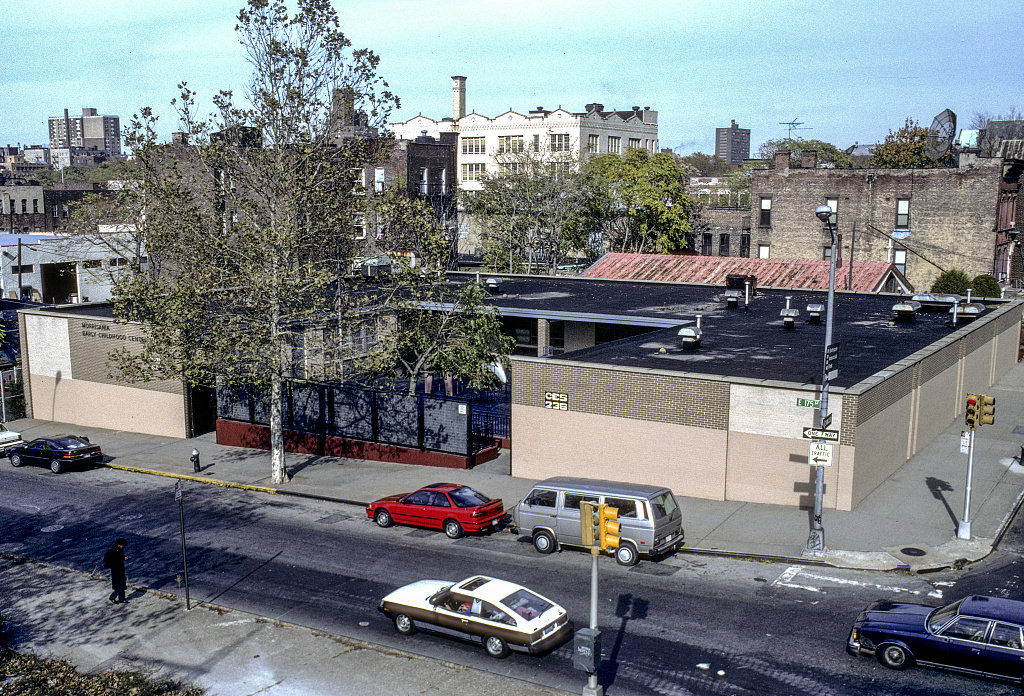
#53 View SW from E. 175th St. showing the No 4 train along Jerome Ave., South Bronx, 1990
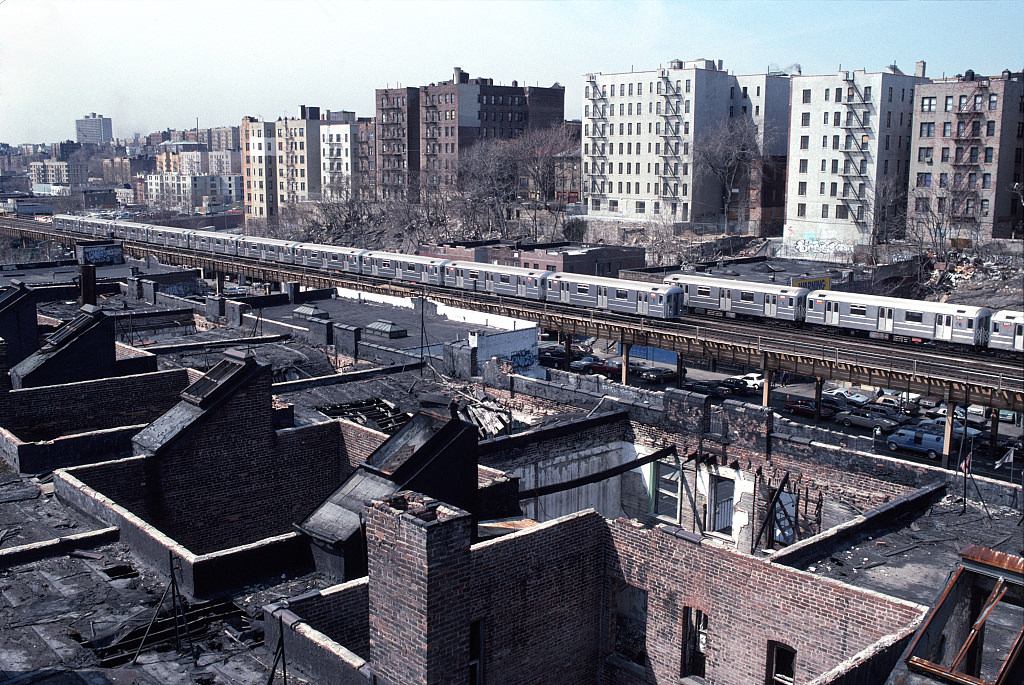
#54 View southwest from Tiffany St. at E. 165th St., S. Bronx, 1990
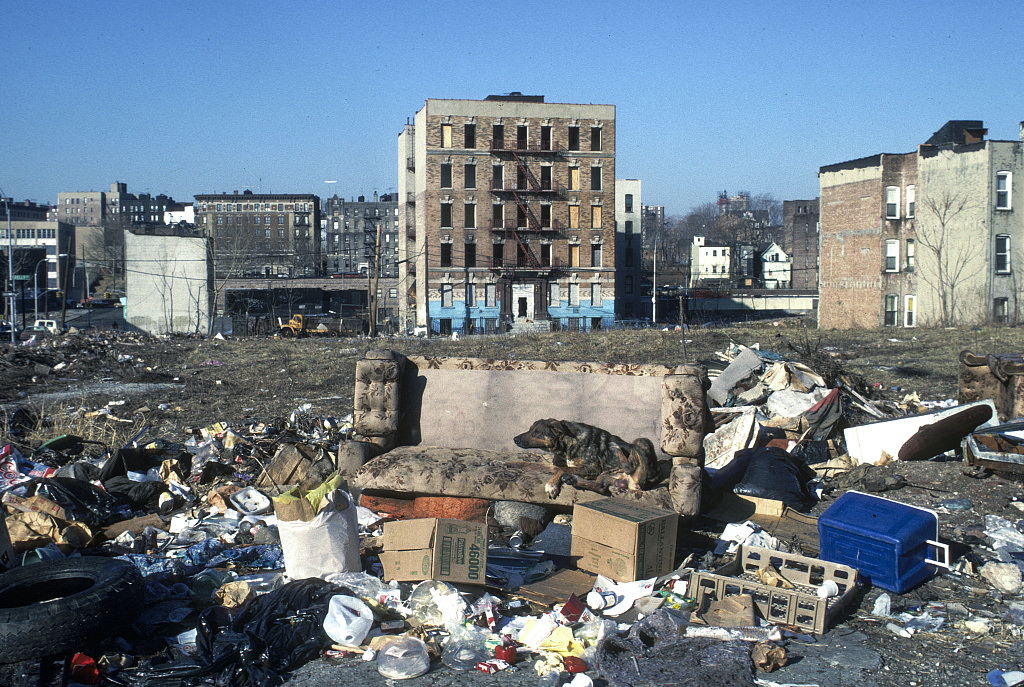
#55 3344 Third Ave., Bronx, 1990
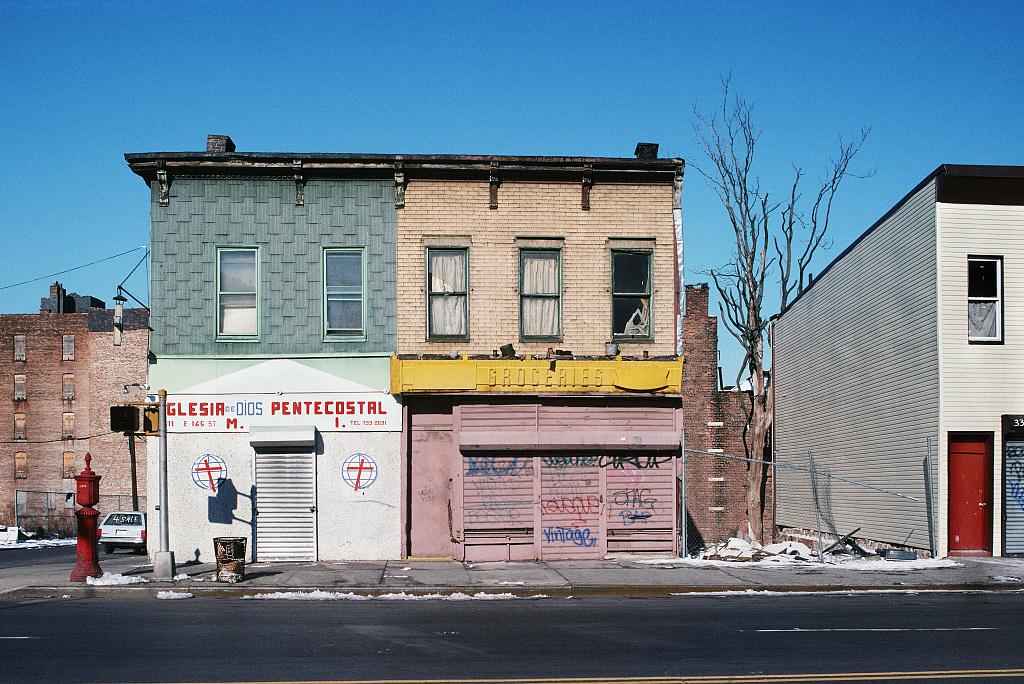
#56 New York Public Library, West Farms Branch, Honeywell Ave. between 179th St. and 180th St., Bronx, 1991
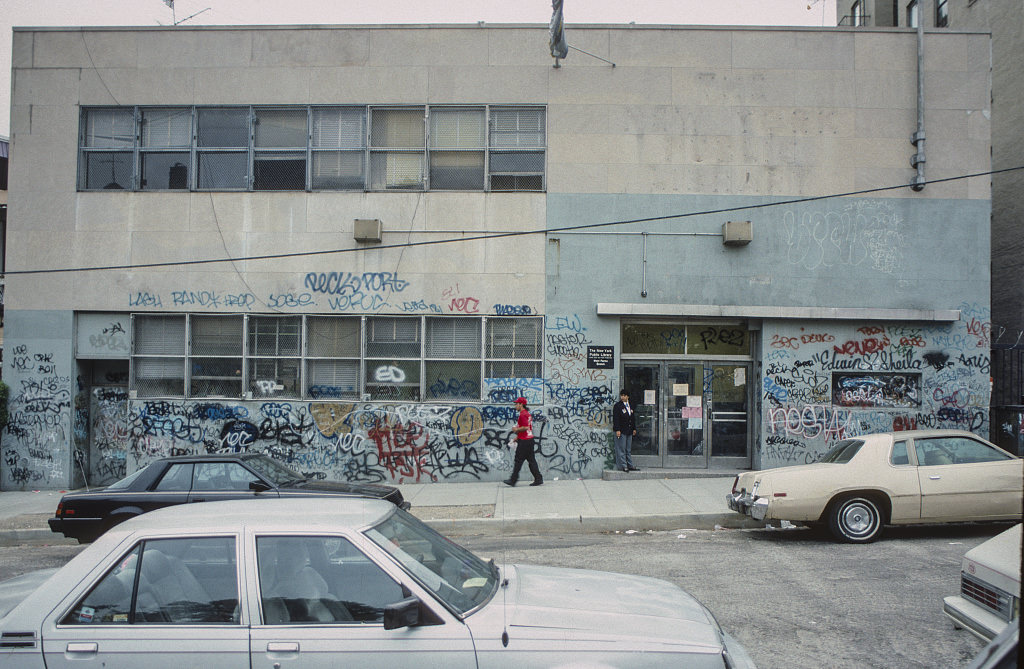
#57 908 Hunts Point Ave., Bronx, 1991
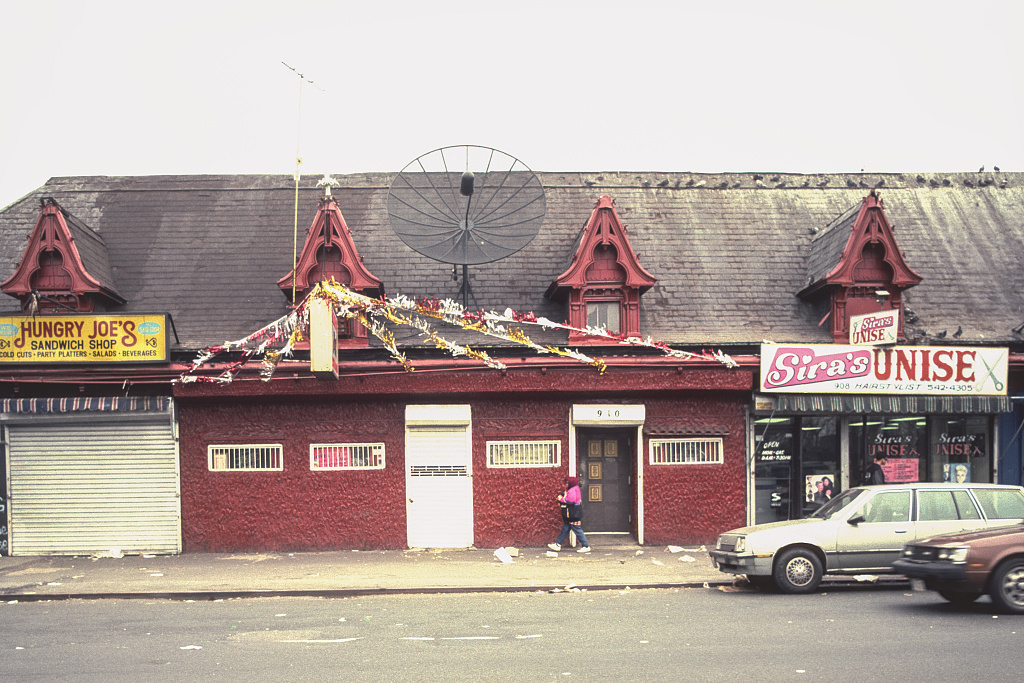
#58 No. 5 Subway, Redbirds and billboard with Joe Camel, Simpson Station, Bronx 1991

#59 3100 Third Ave., S. Bronx, 1991
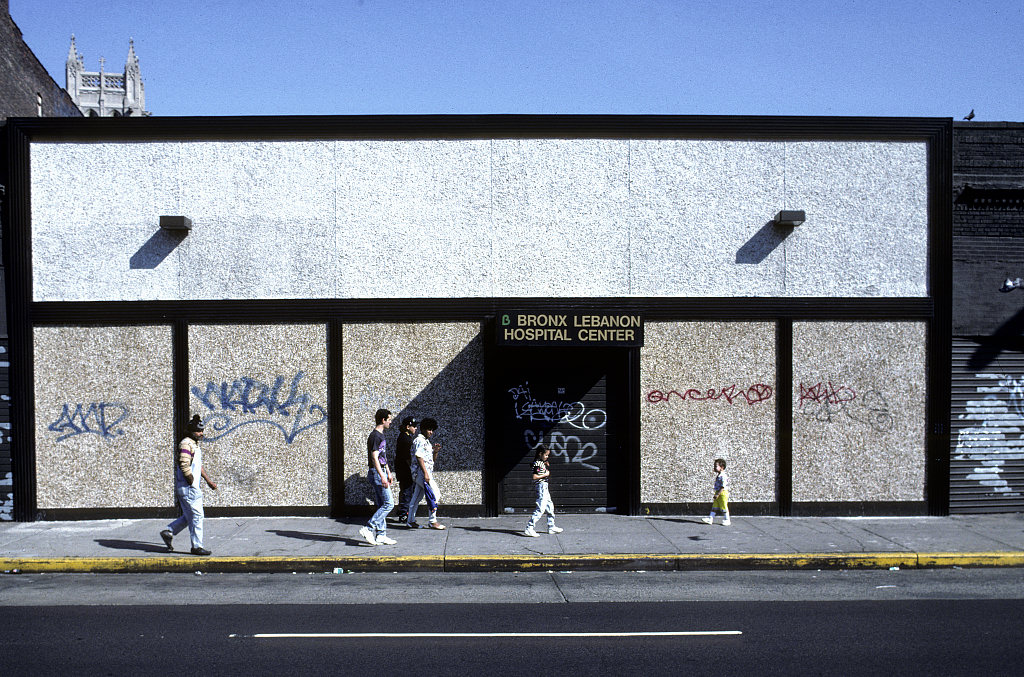
#60 Office of Family Services, 181st at Morris Ave., Bronx, 1991
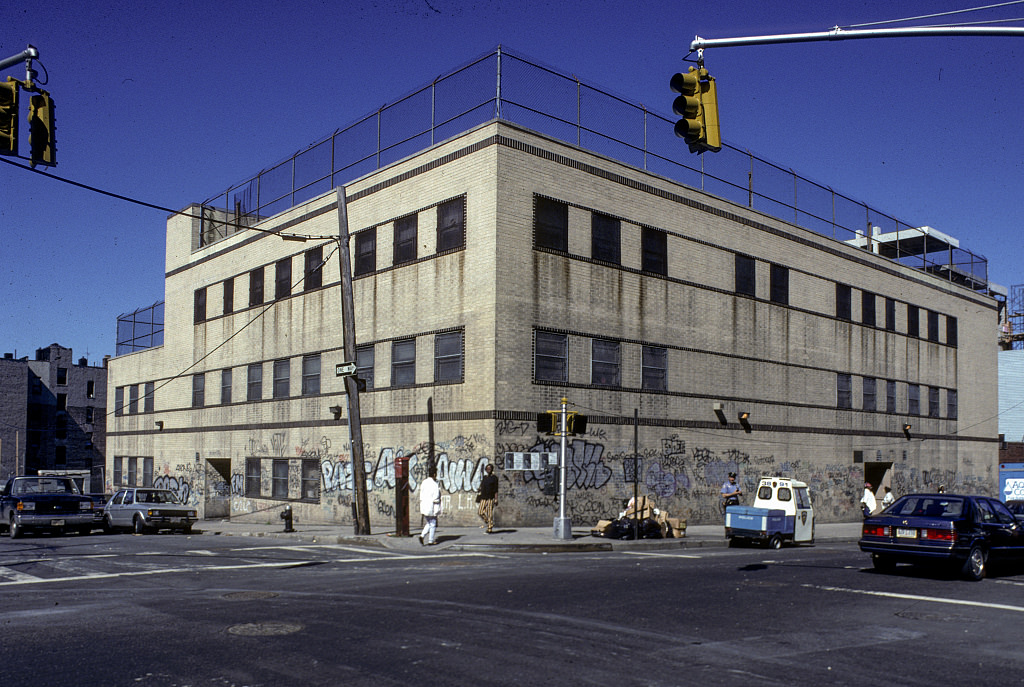
#61 Squatter’s belongings, NW corner of Hoe Ave. at Home St., Bronx, 1991
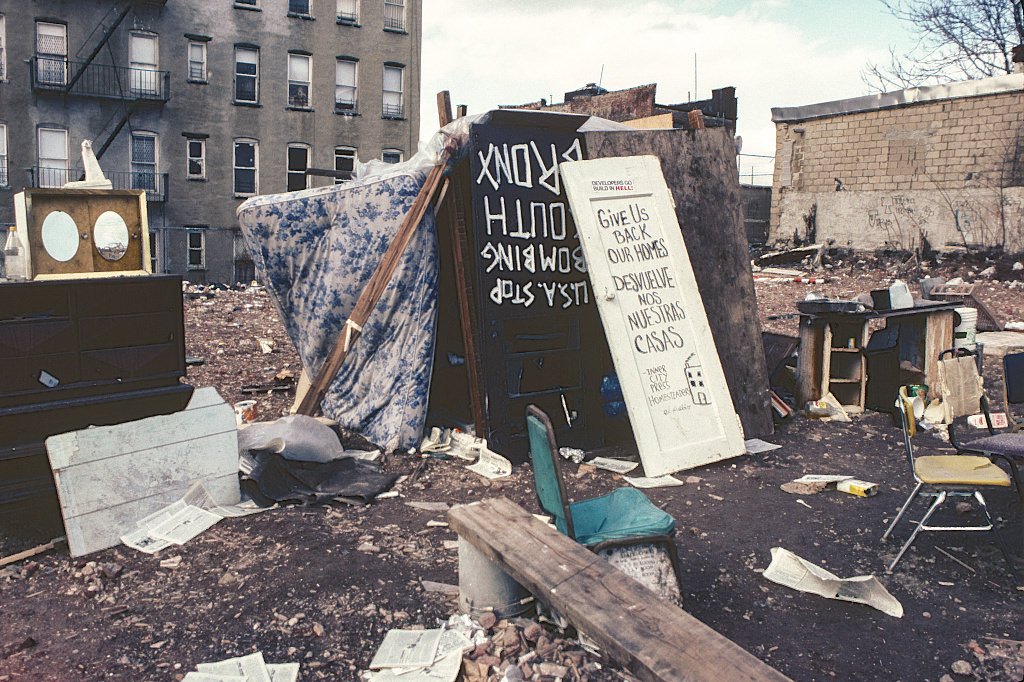
#62 The Woodlawn Hotel in the Bronx, 1997.
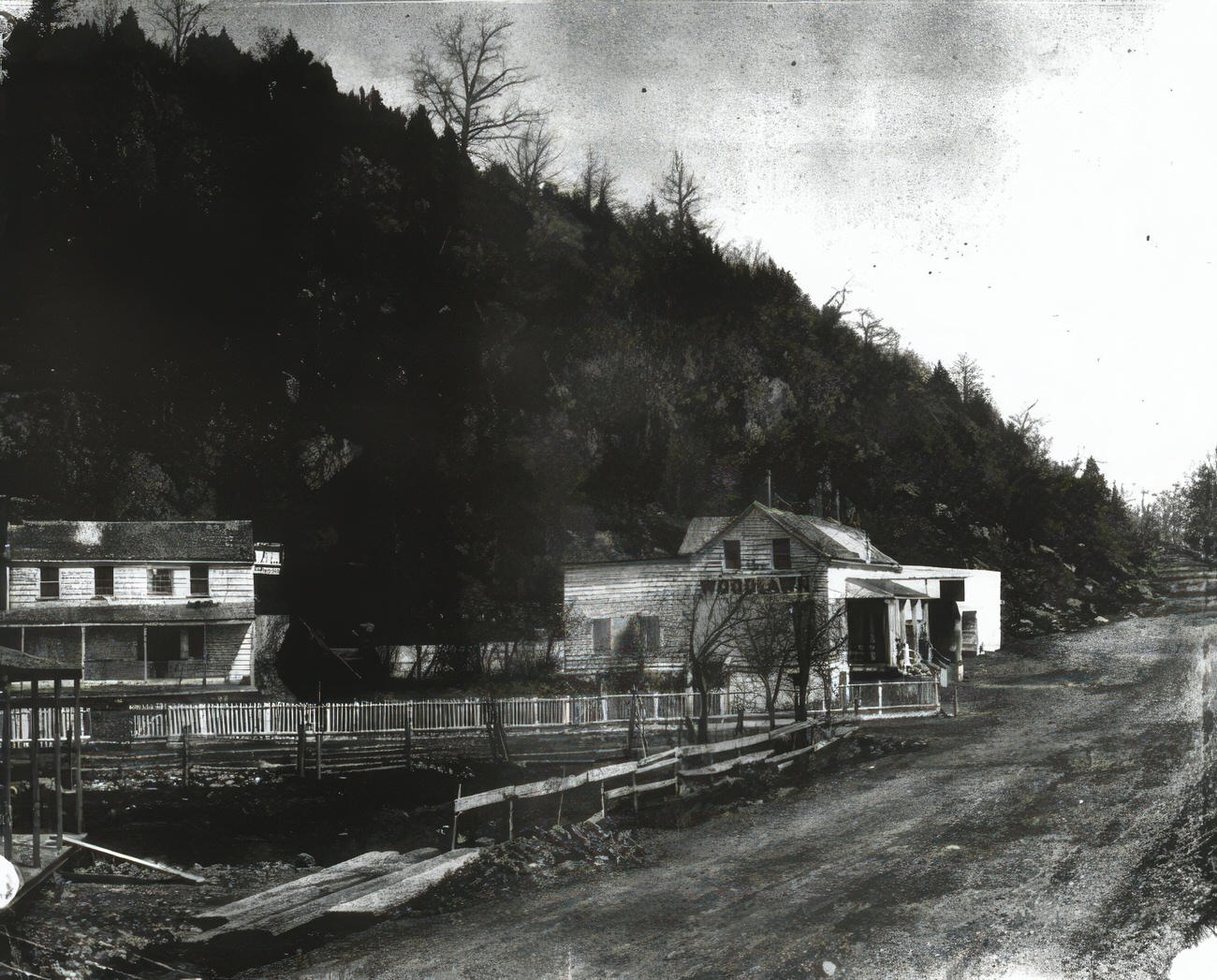
#63 Town Towers at 2830 Grand Concourse, 1990s
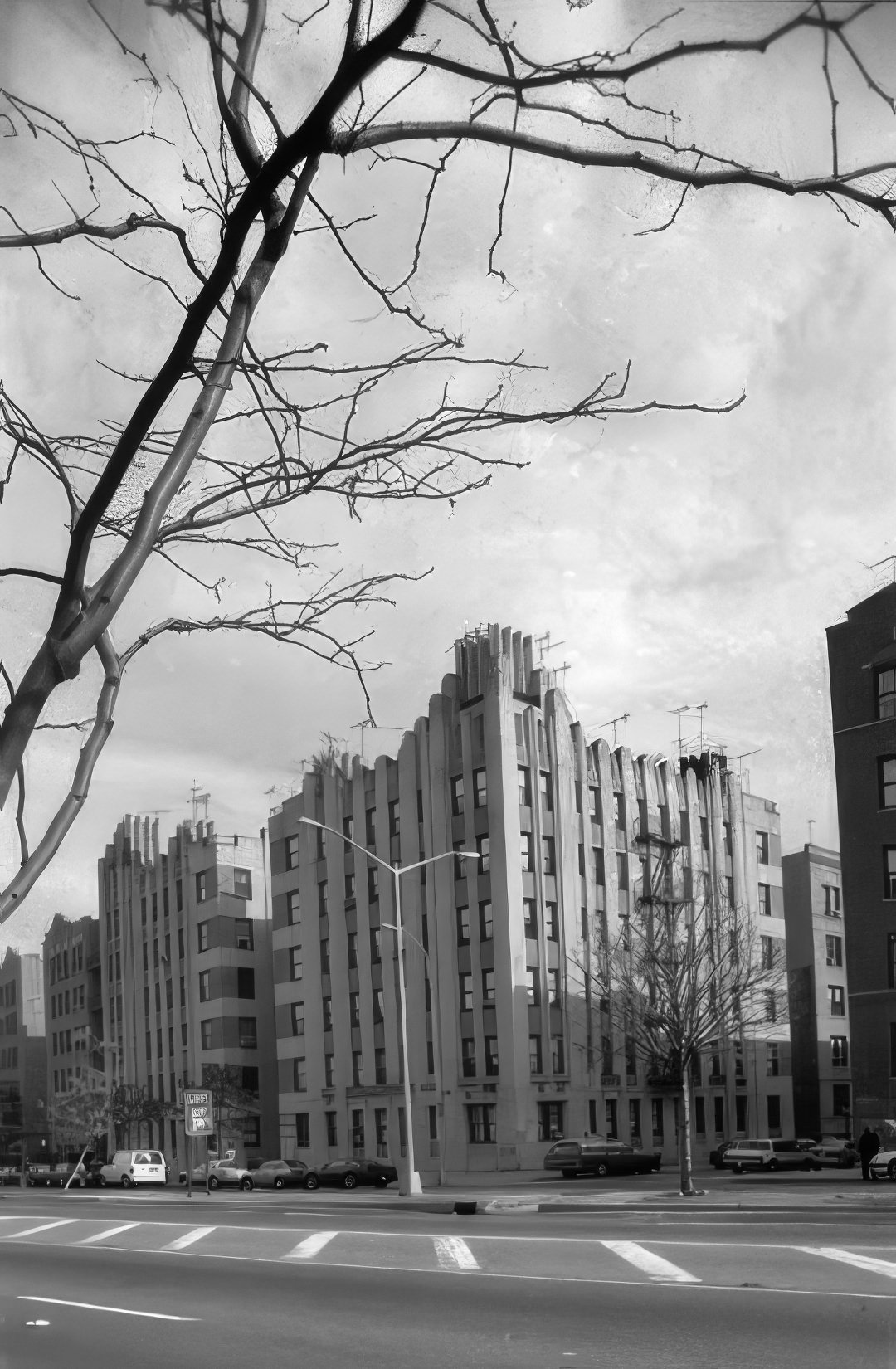
#64 Town Towers at 2830 Grand Concourse, 1990s
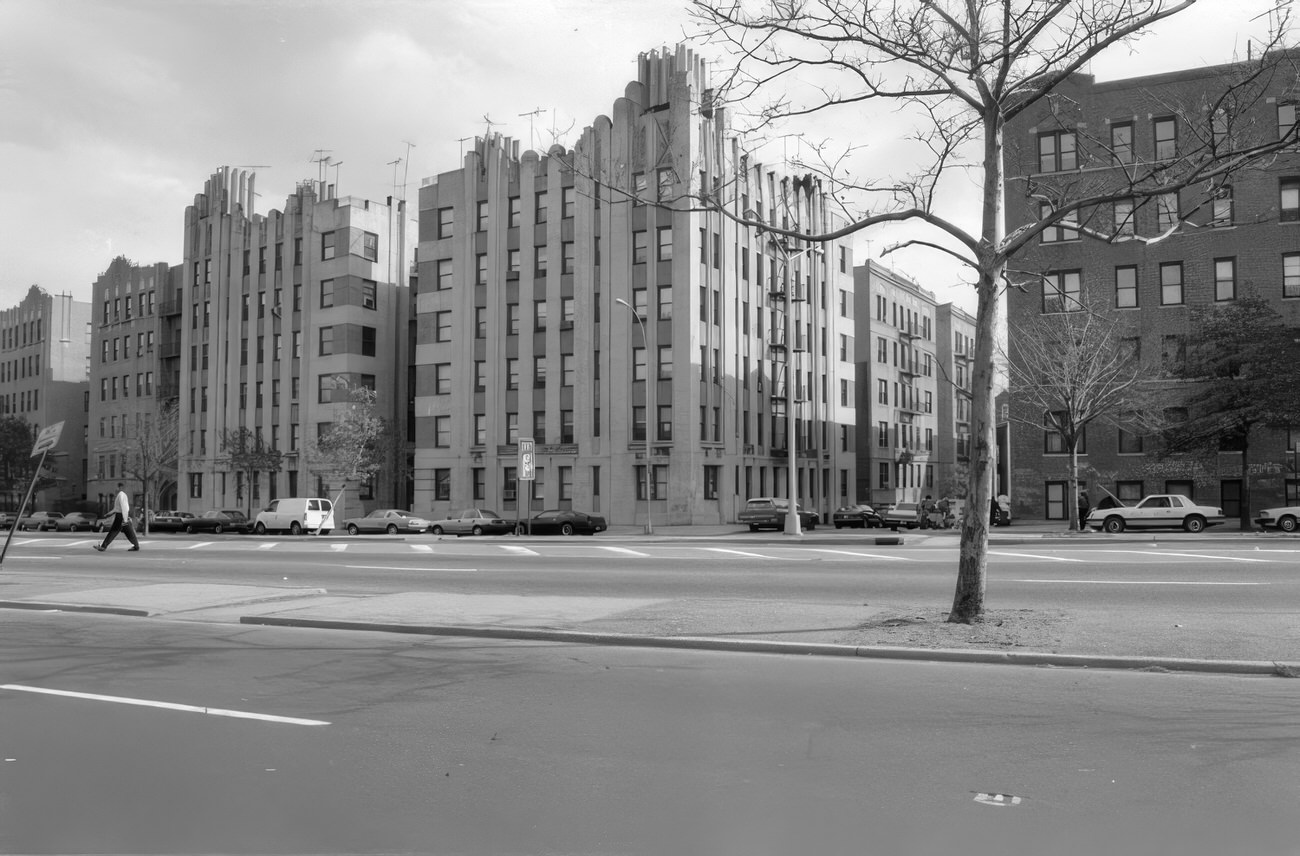
#65 Park Plaza Apartments at 1005 Jerome Avenue, circa 1995.
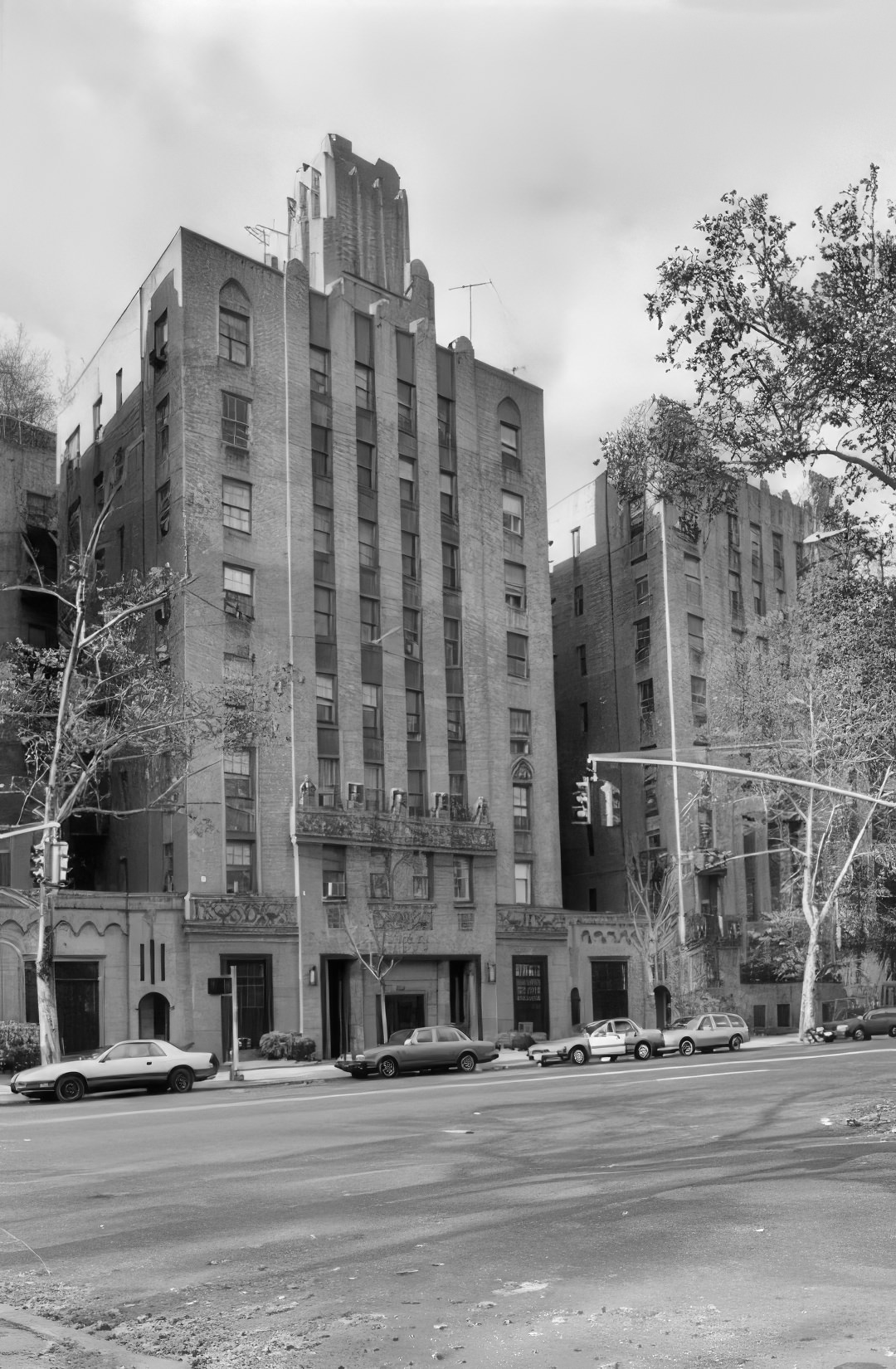
#66 888 Grand Concourse, 1990s
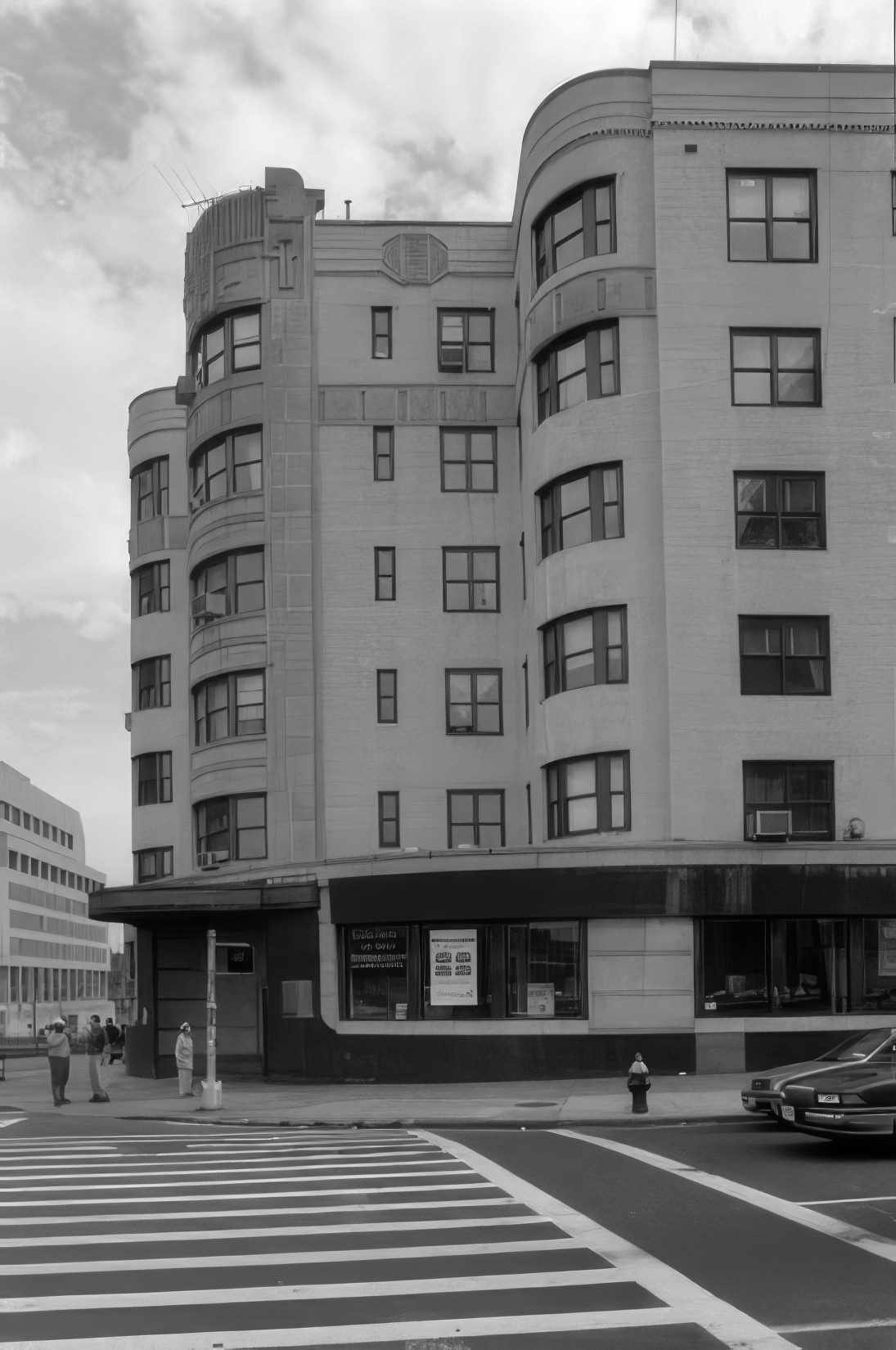
#67 888 Grand Concourse, 1990s
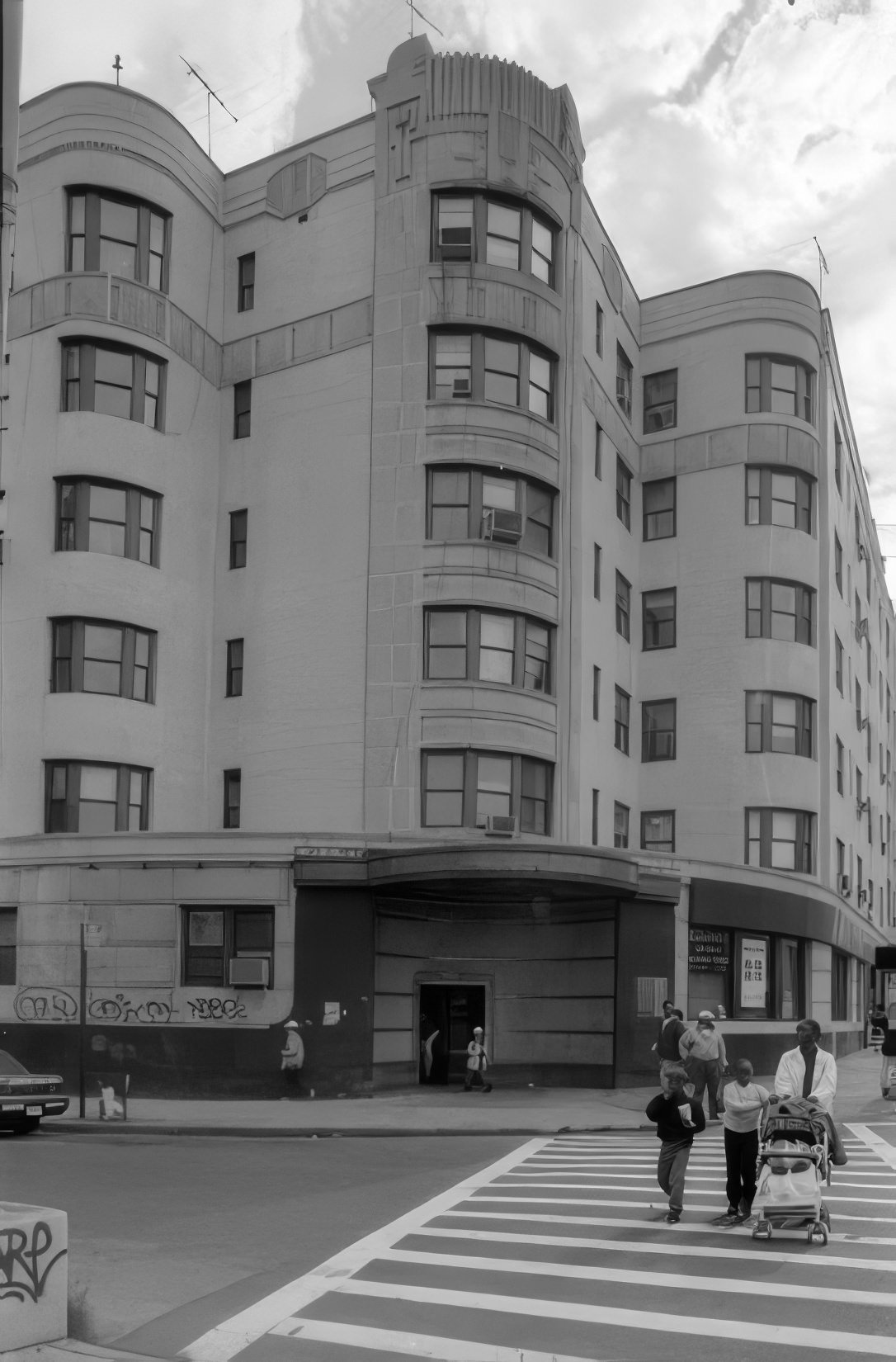
#68 The Bronx County Building at 851 Grand Concourse, 1990s
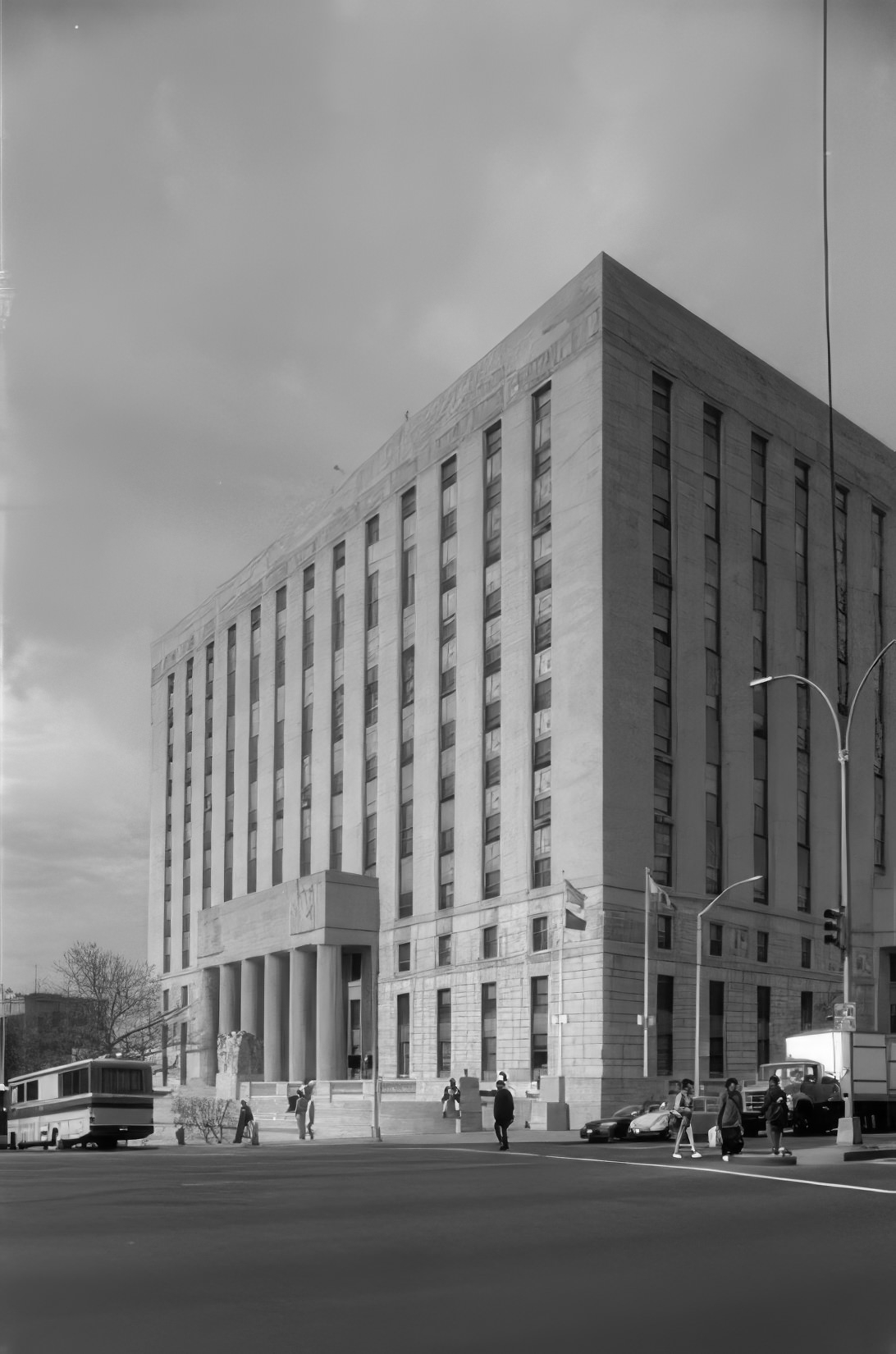
#69 1150 Grand Concourse, 1990s.
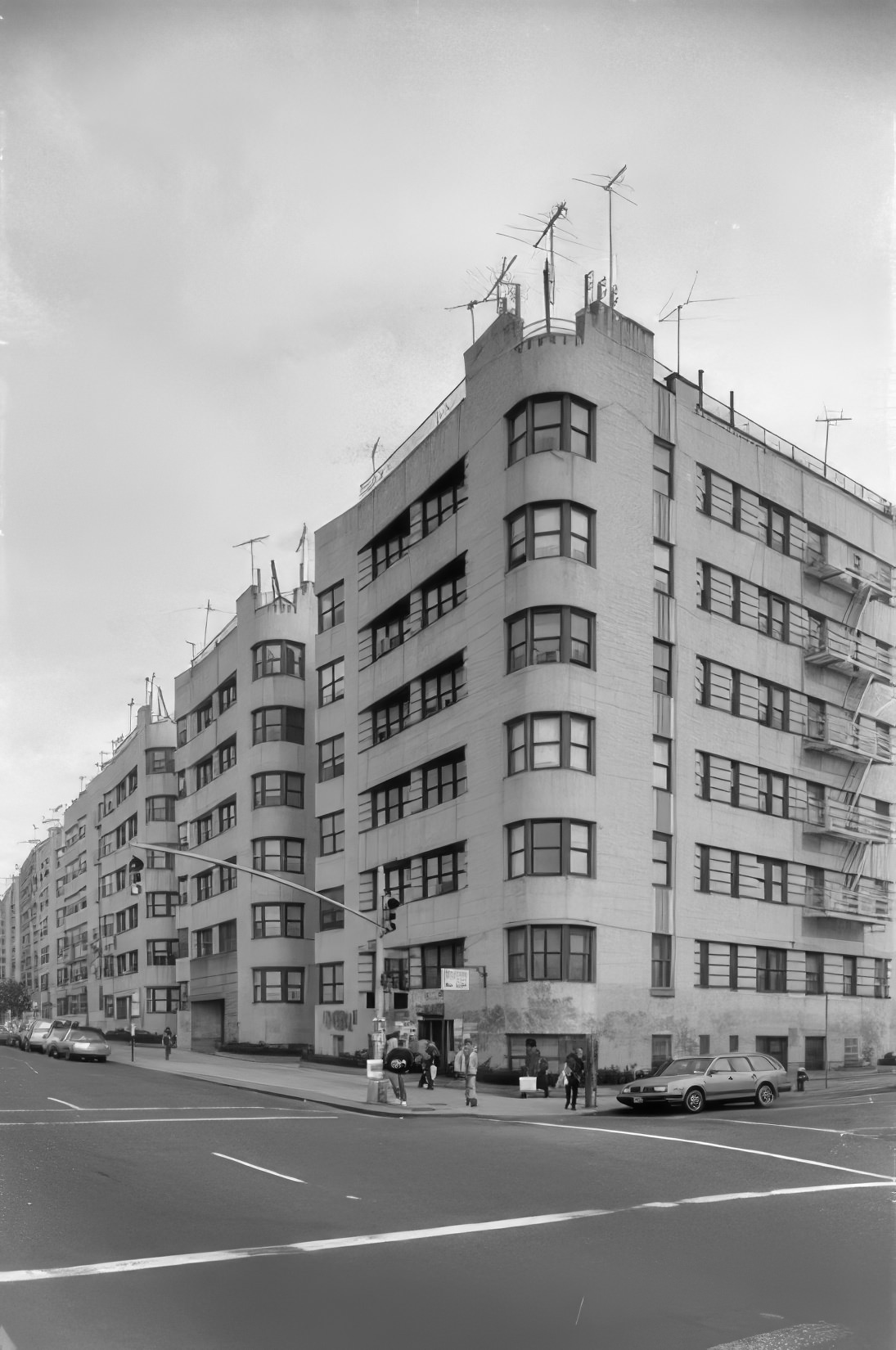
#70 Emigrant Savings Bank, originally Dollar Savings Bank, at 2516-2530 Grand Concourse, circa 1991.
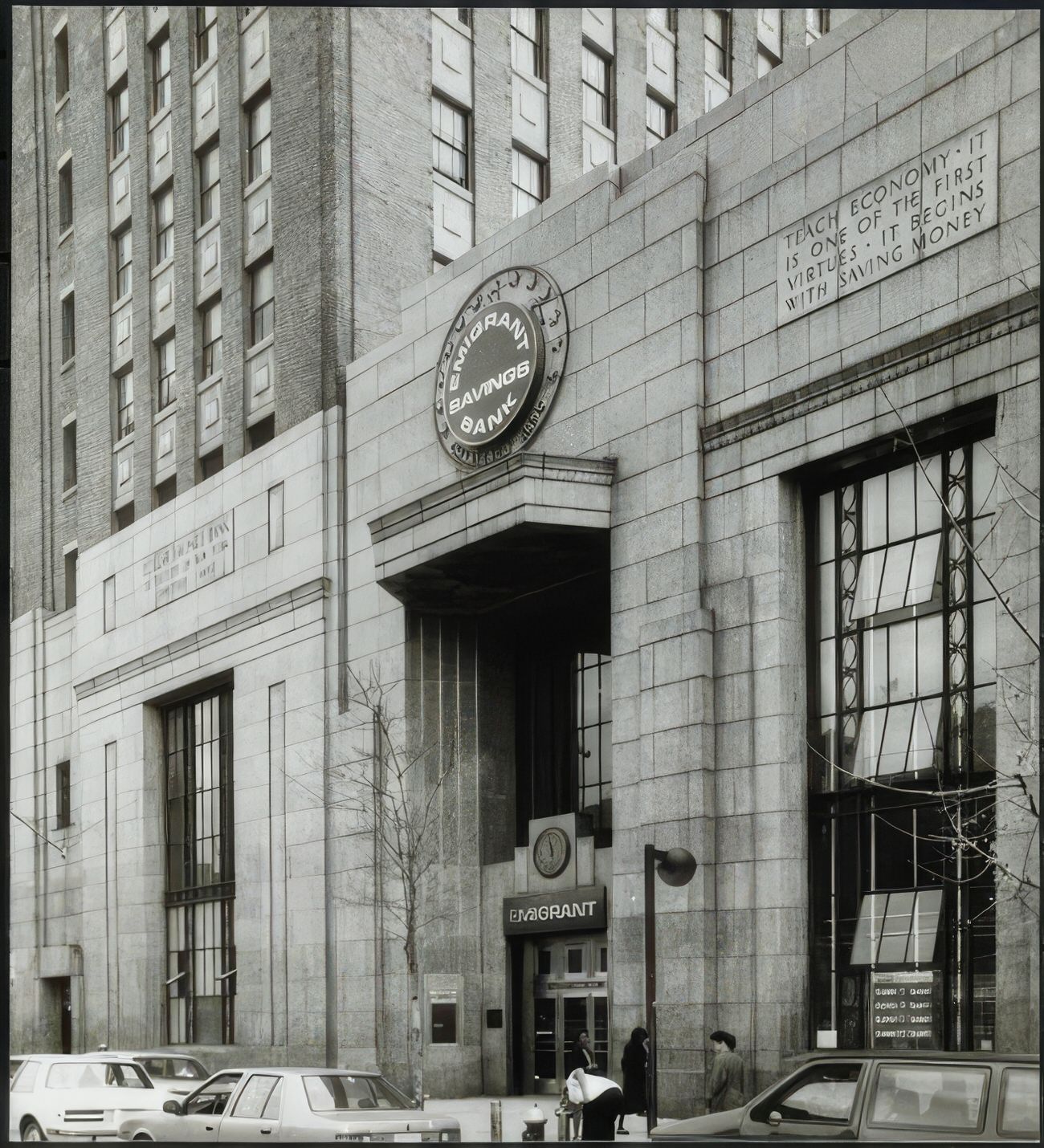



GIPHY App Key not set. Please check settings